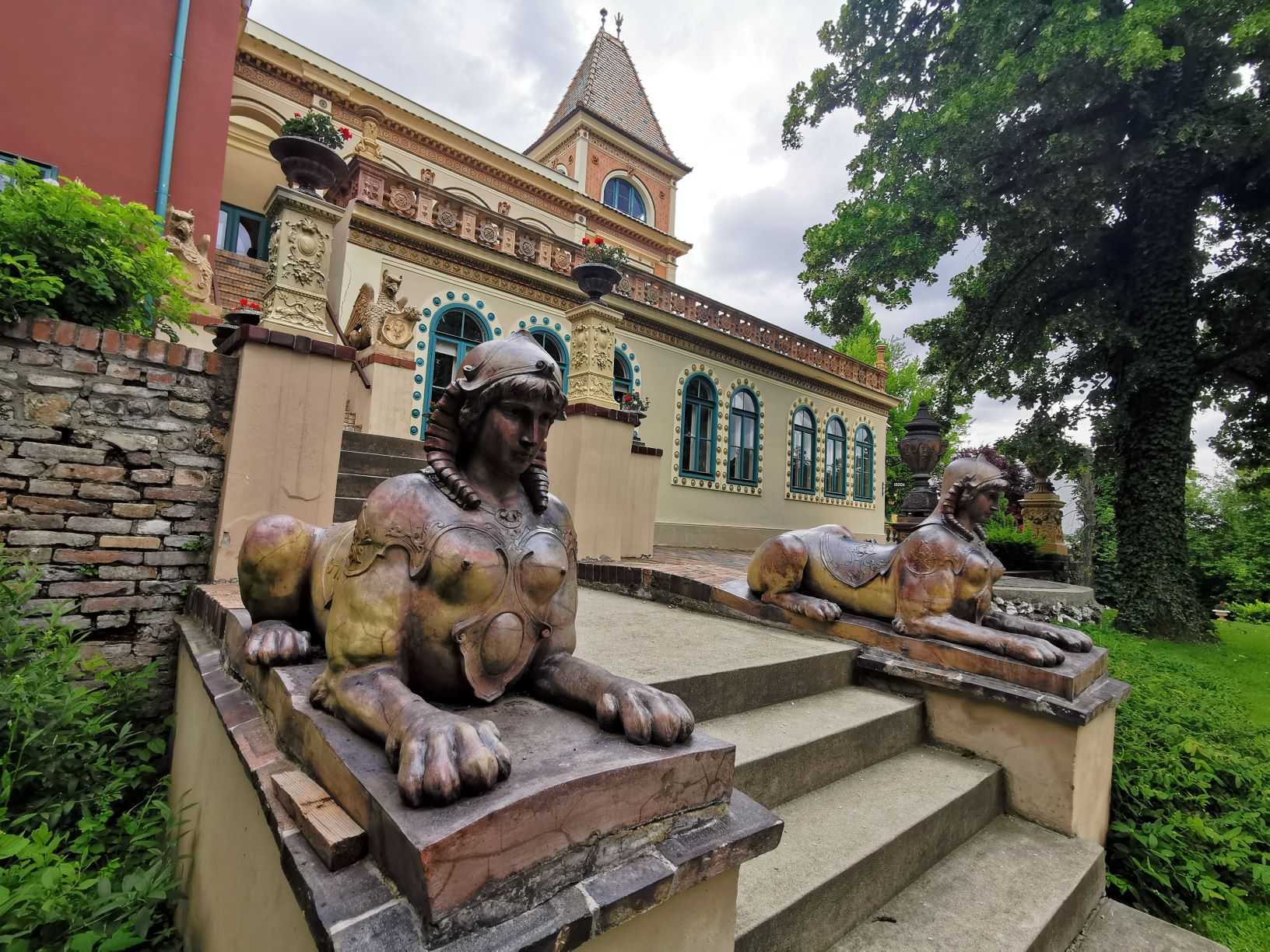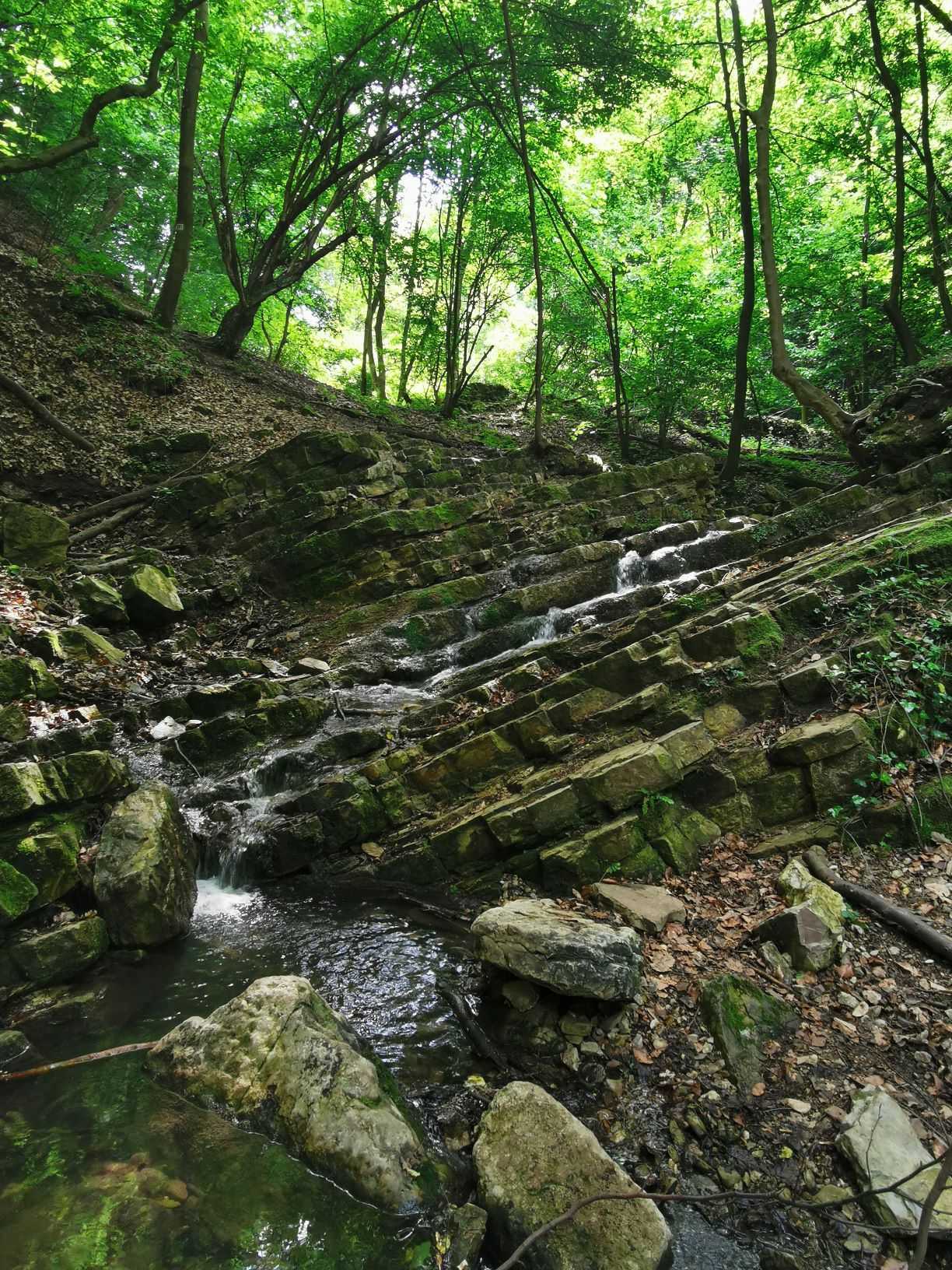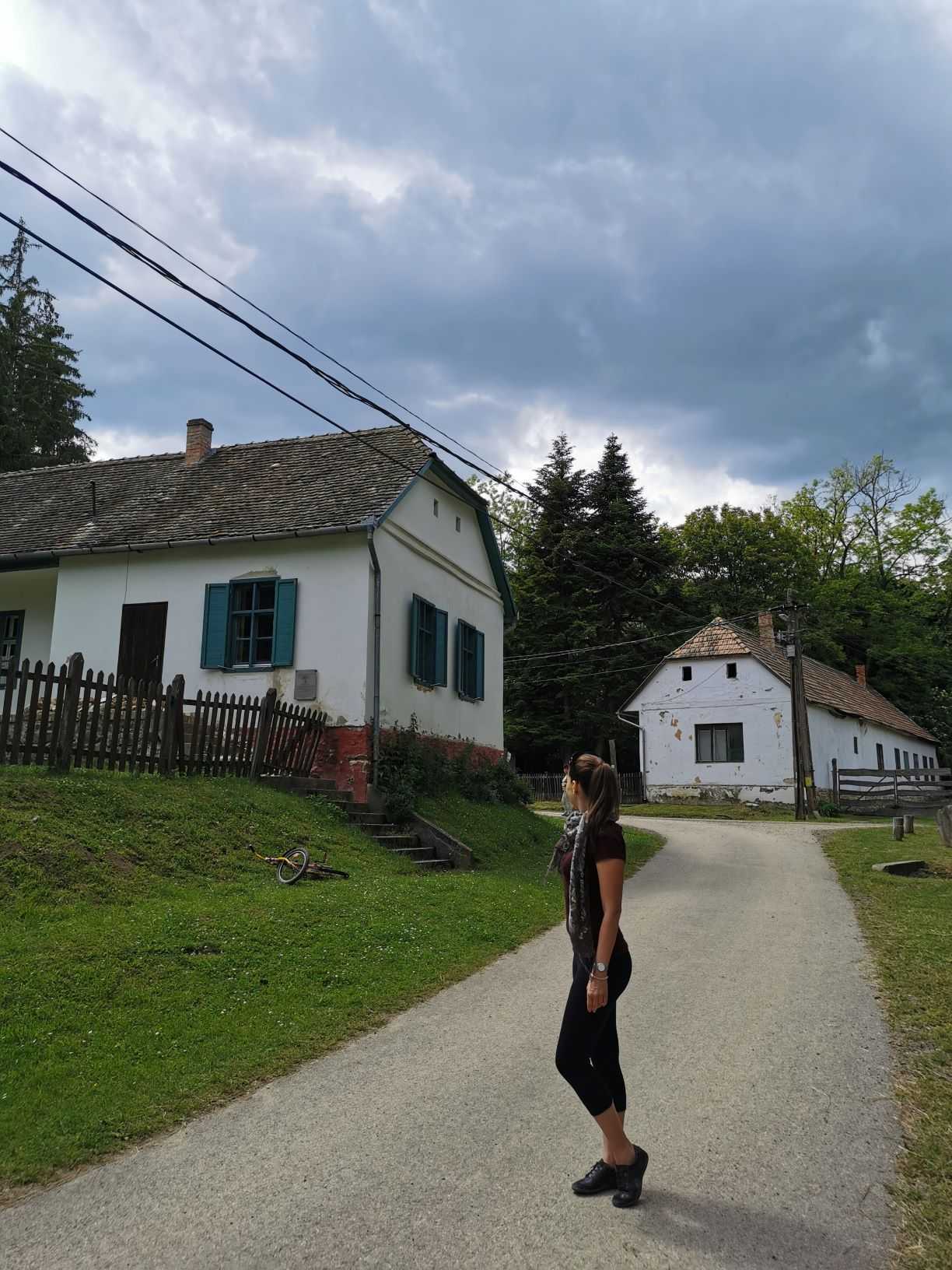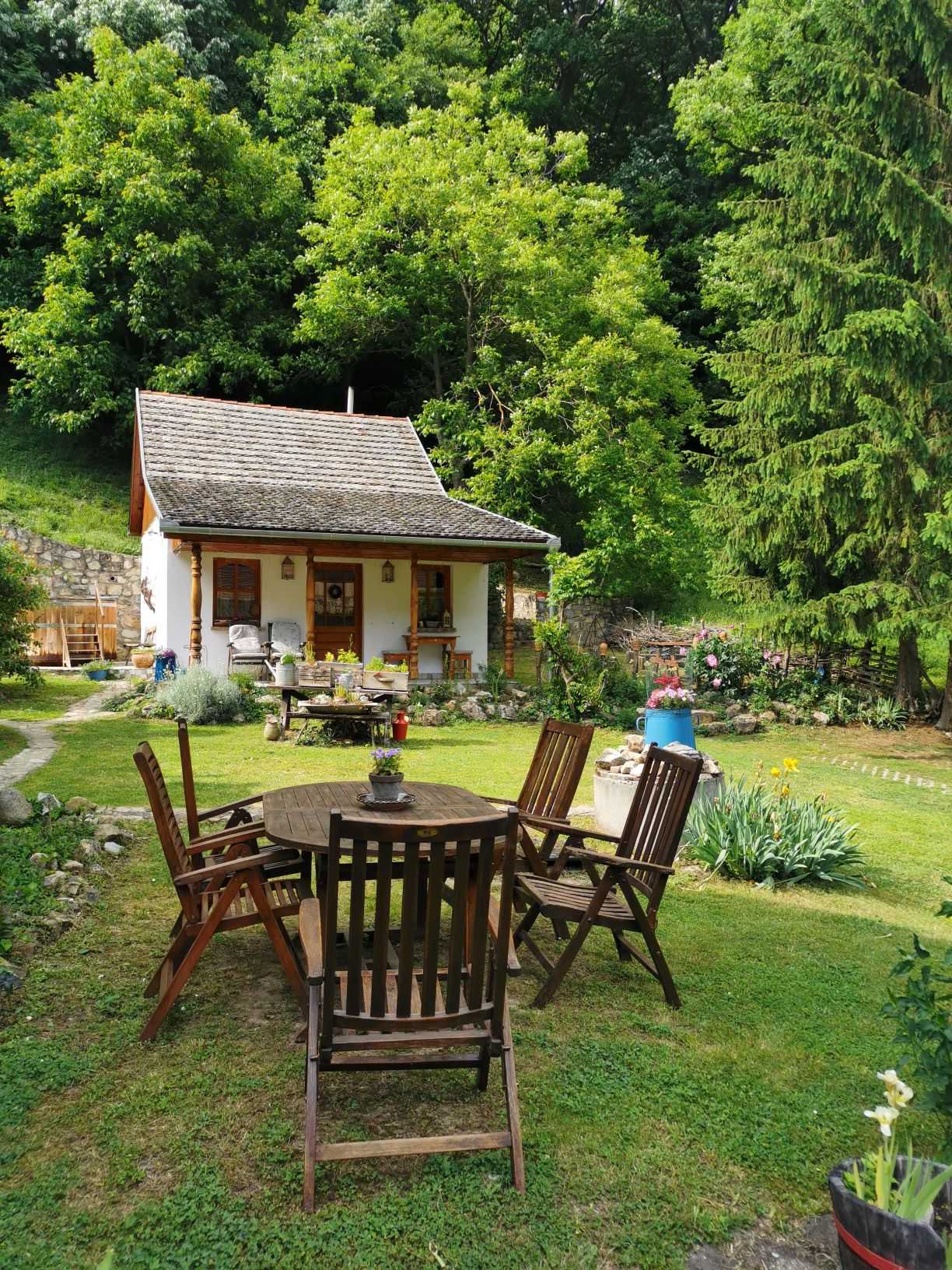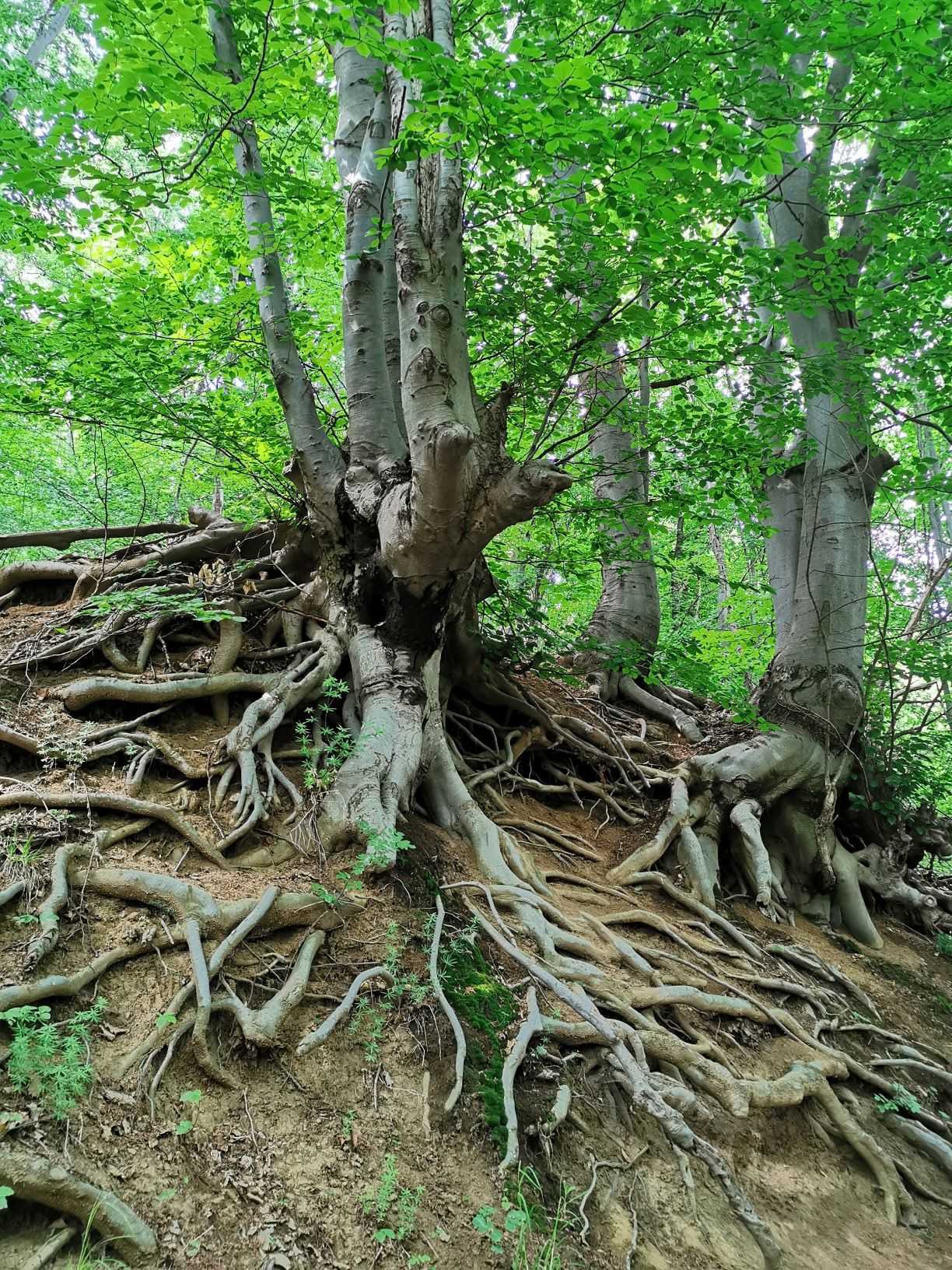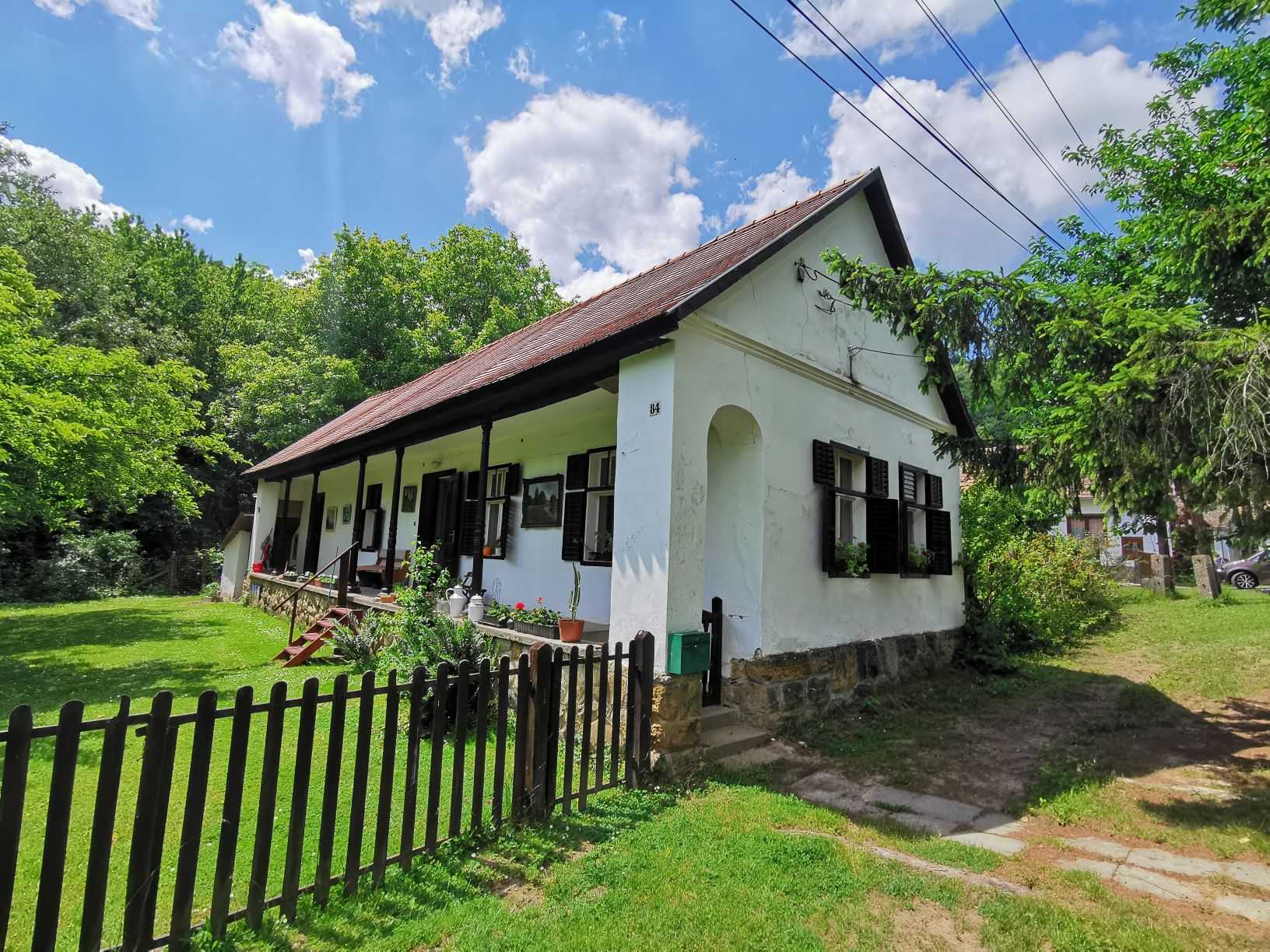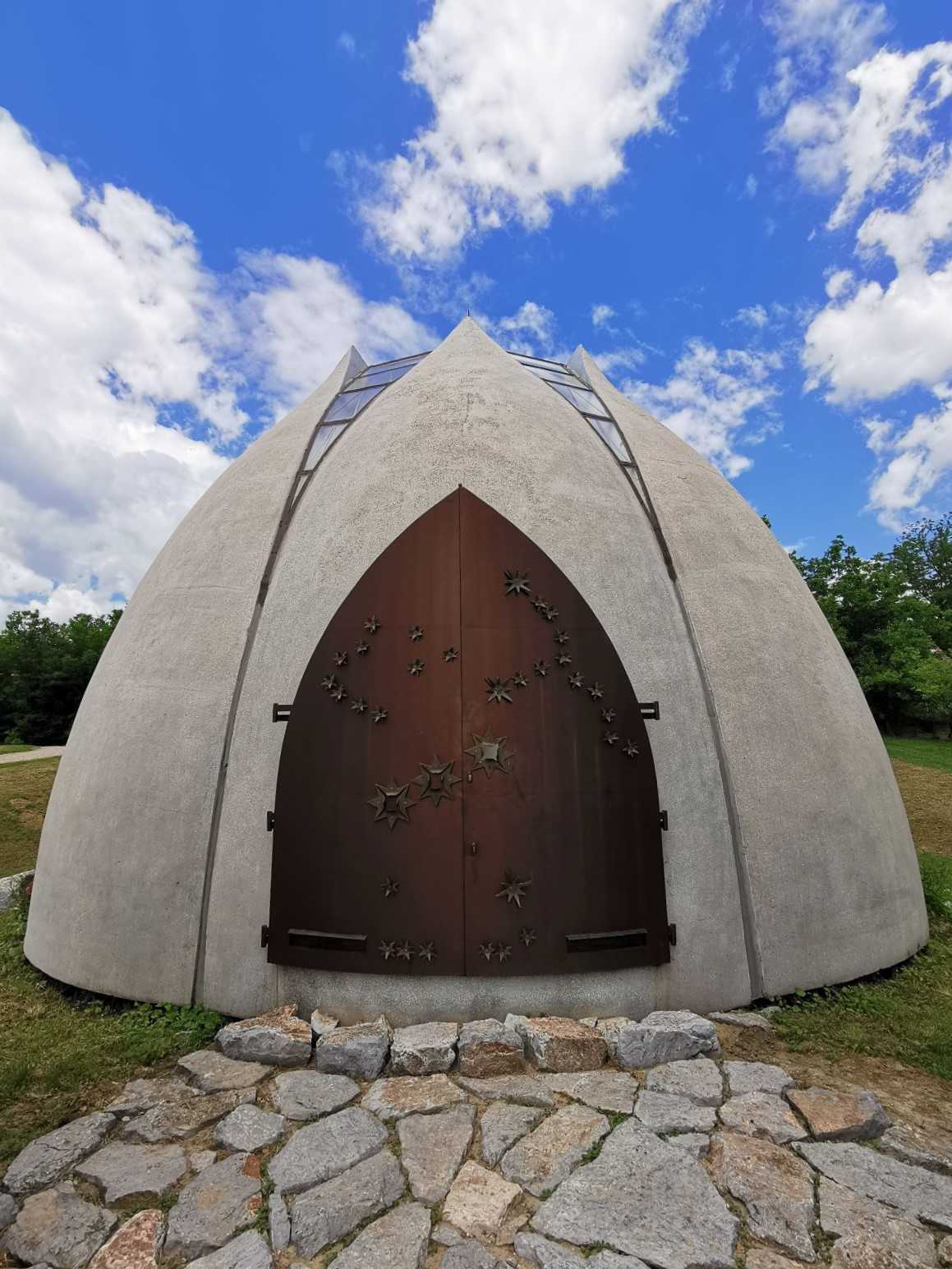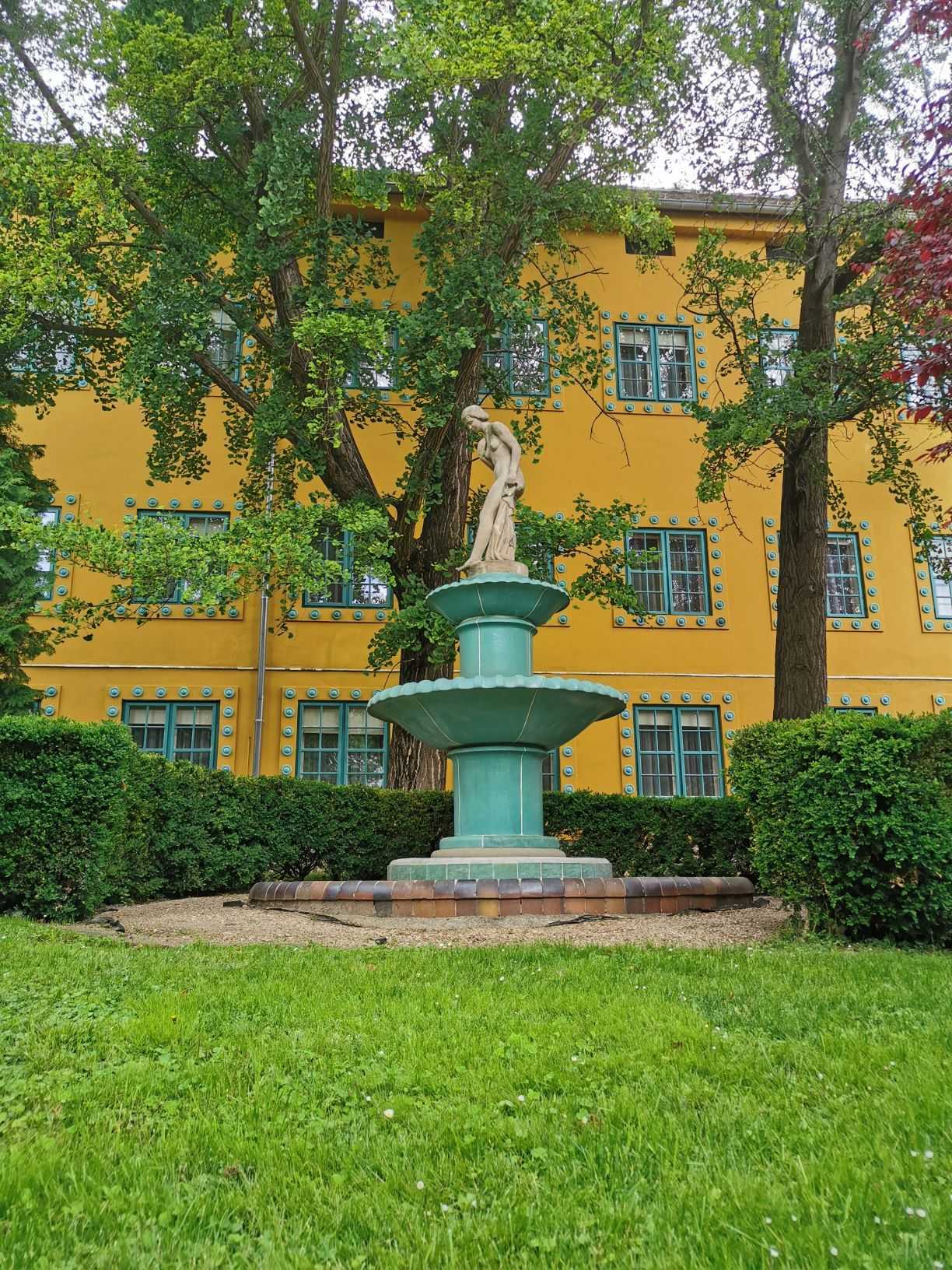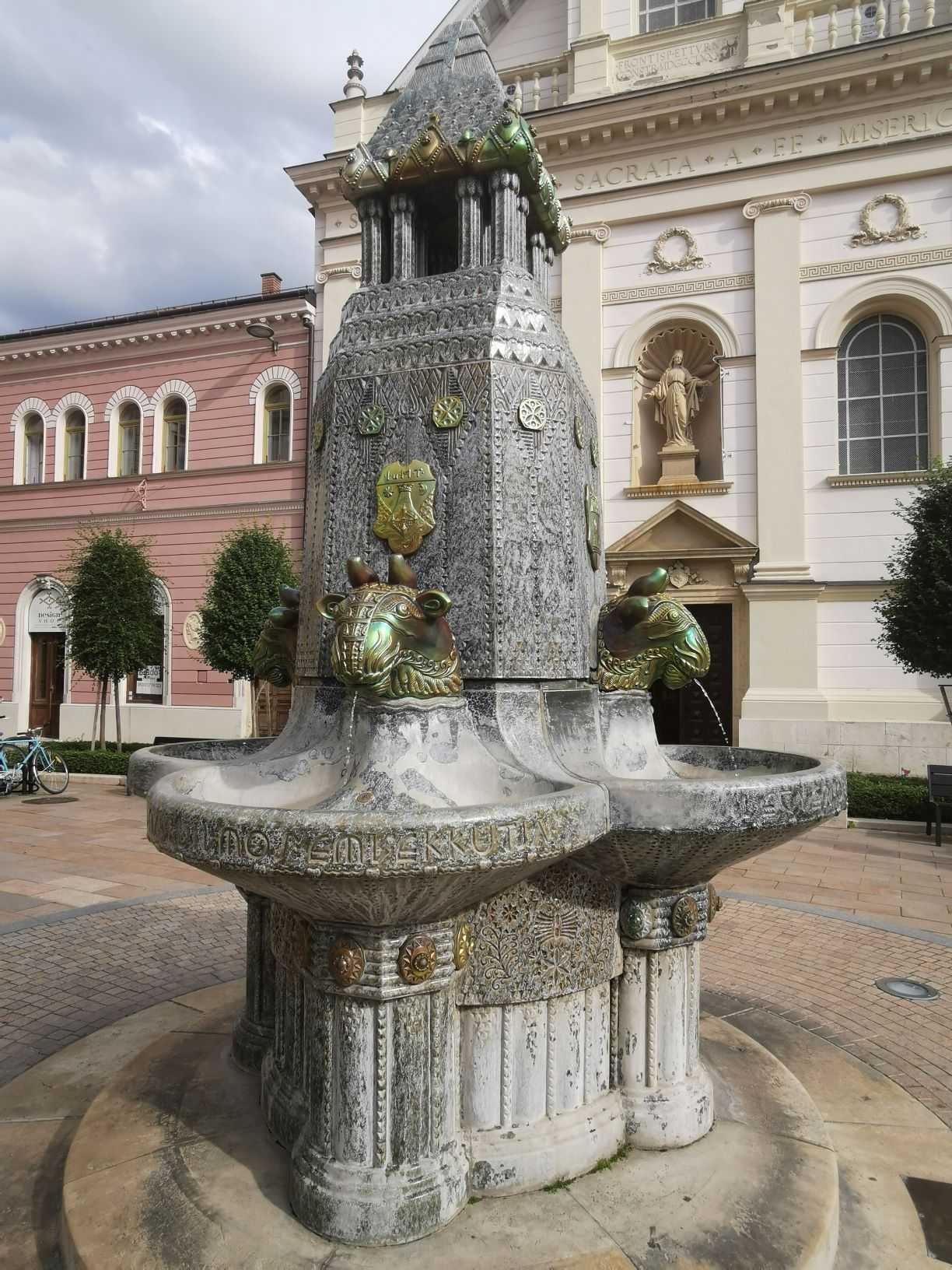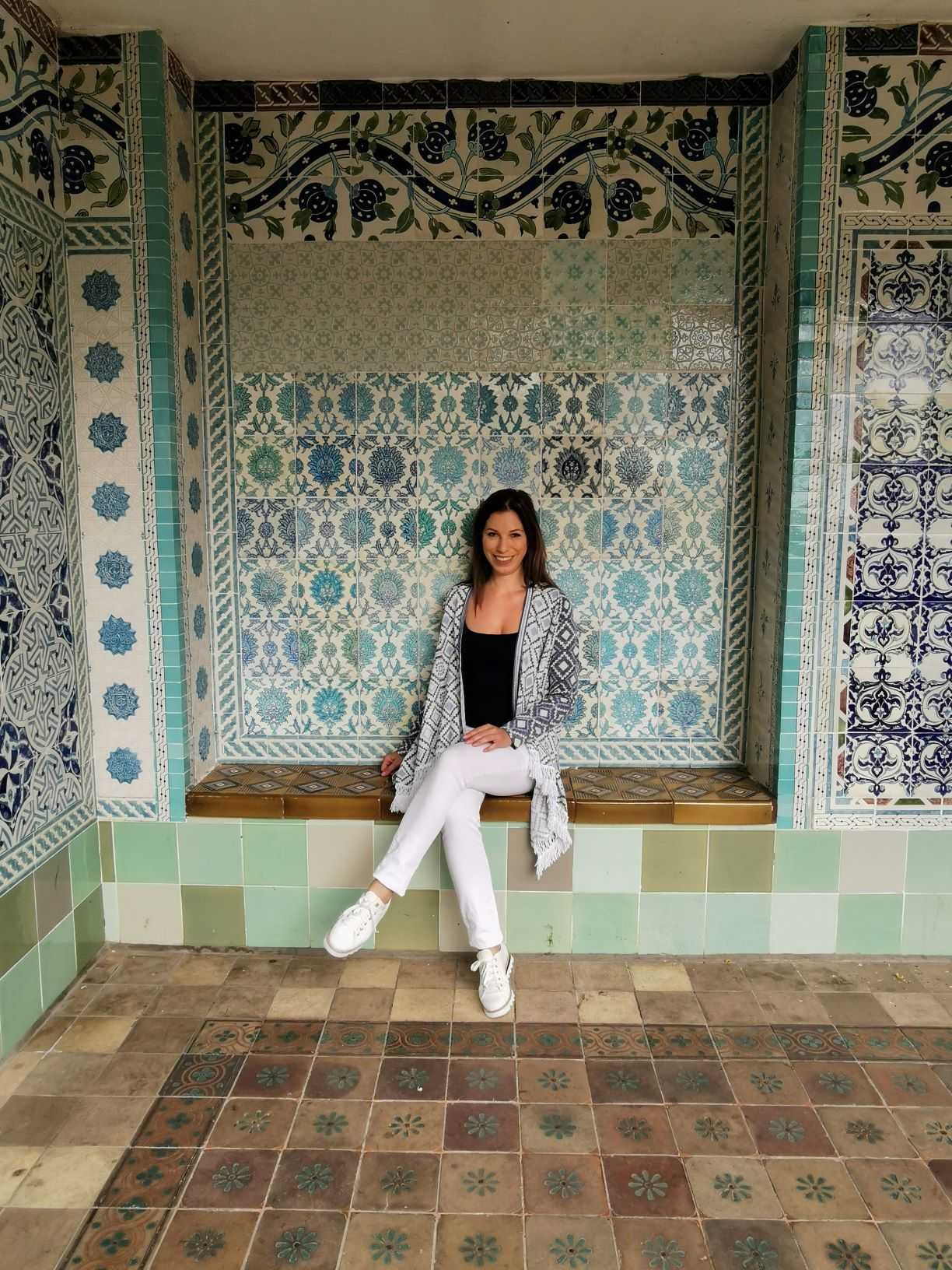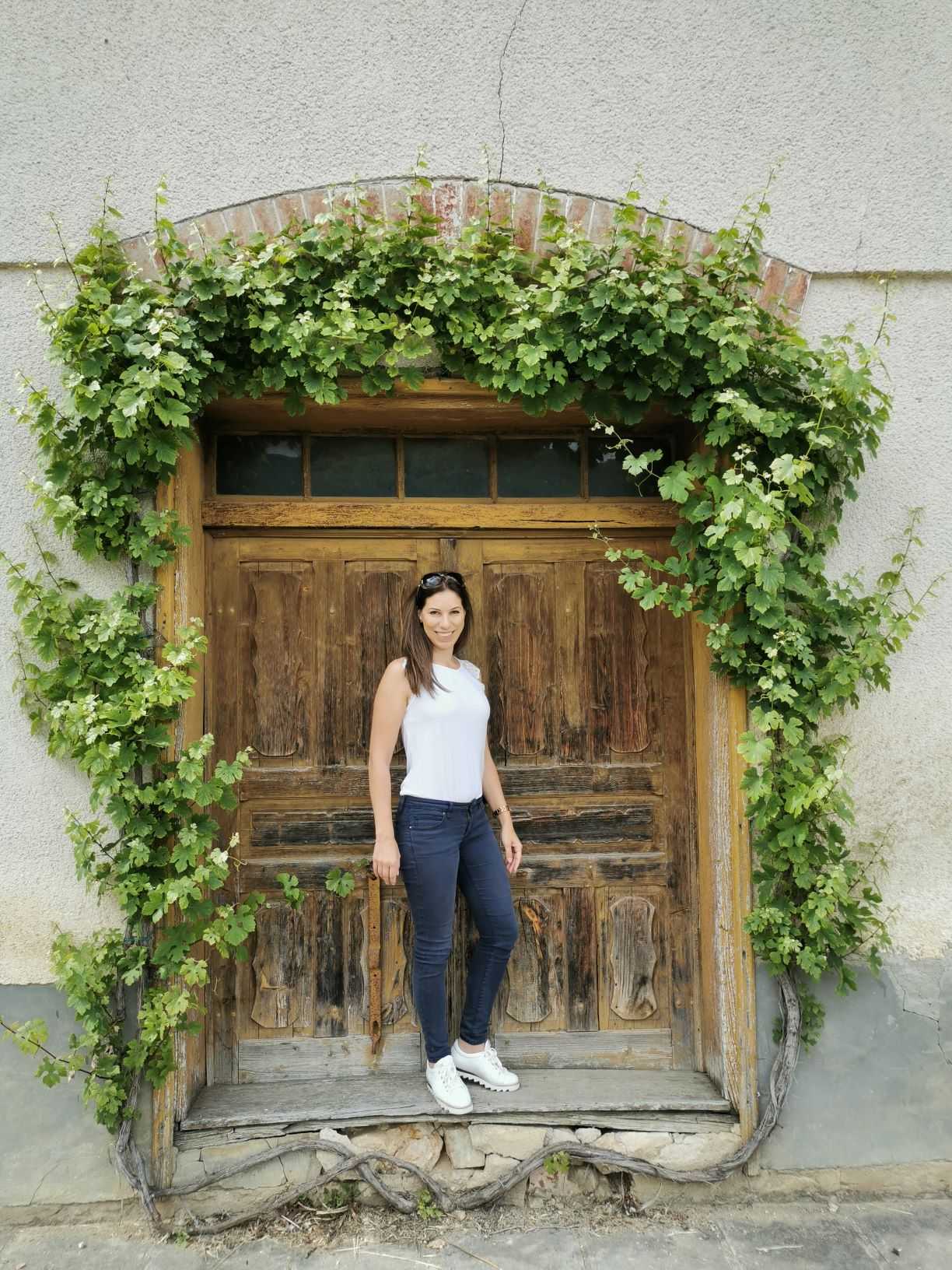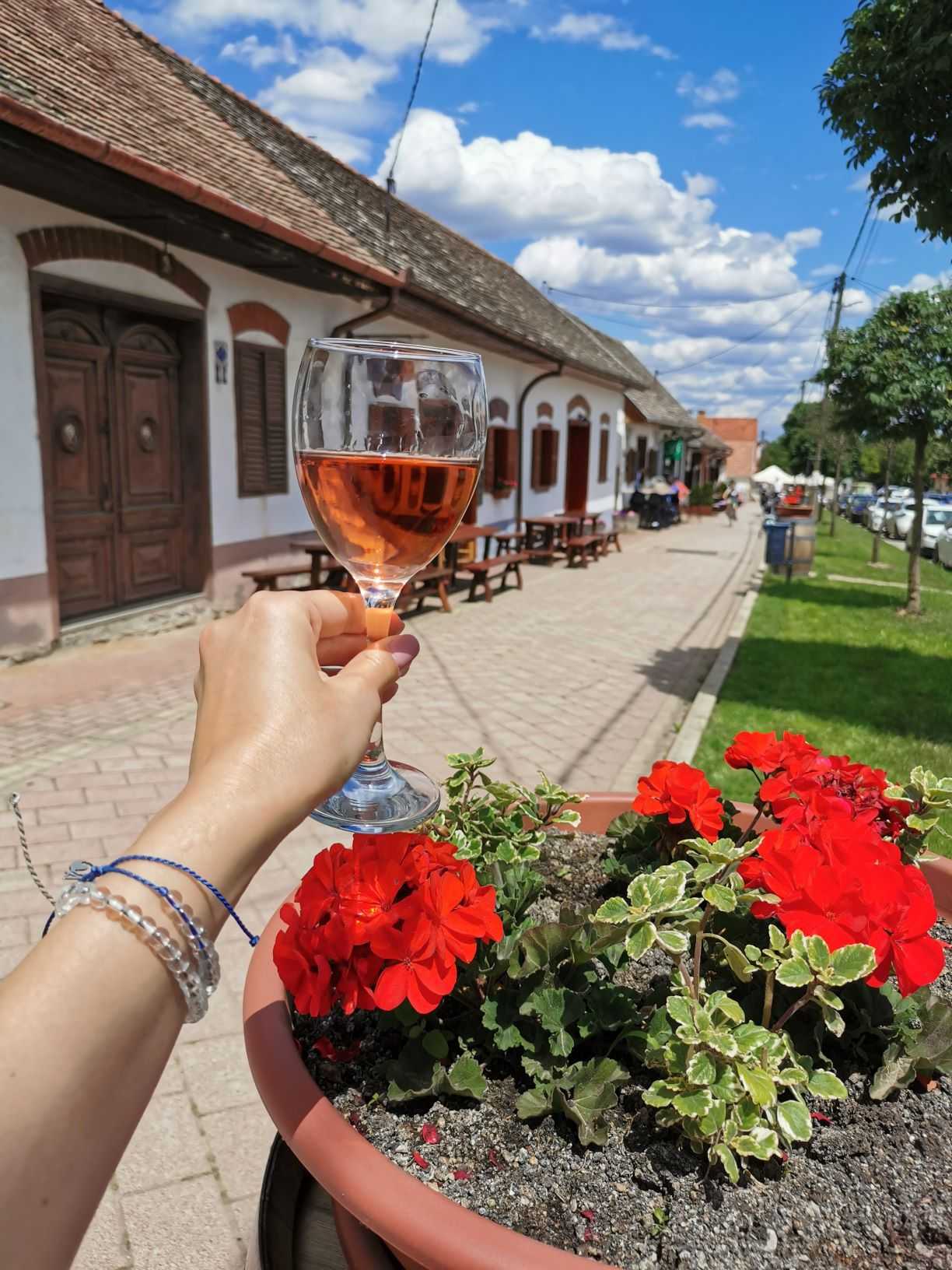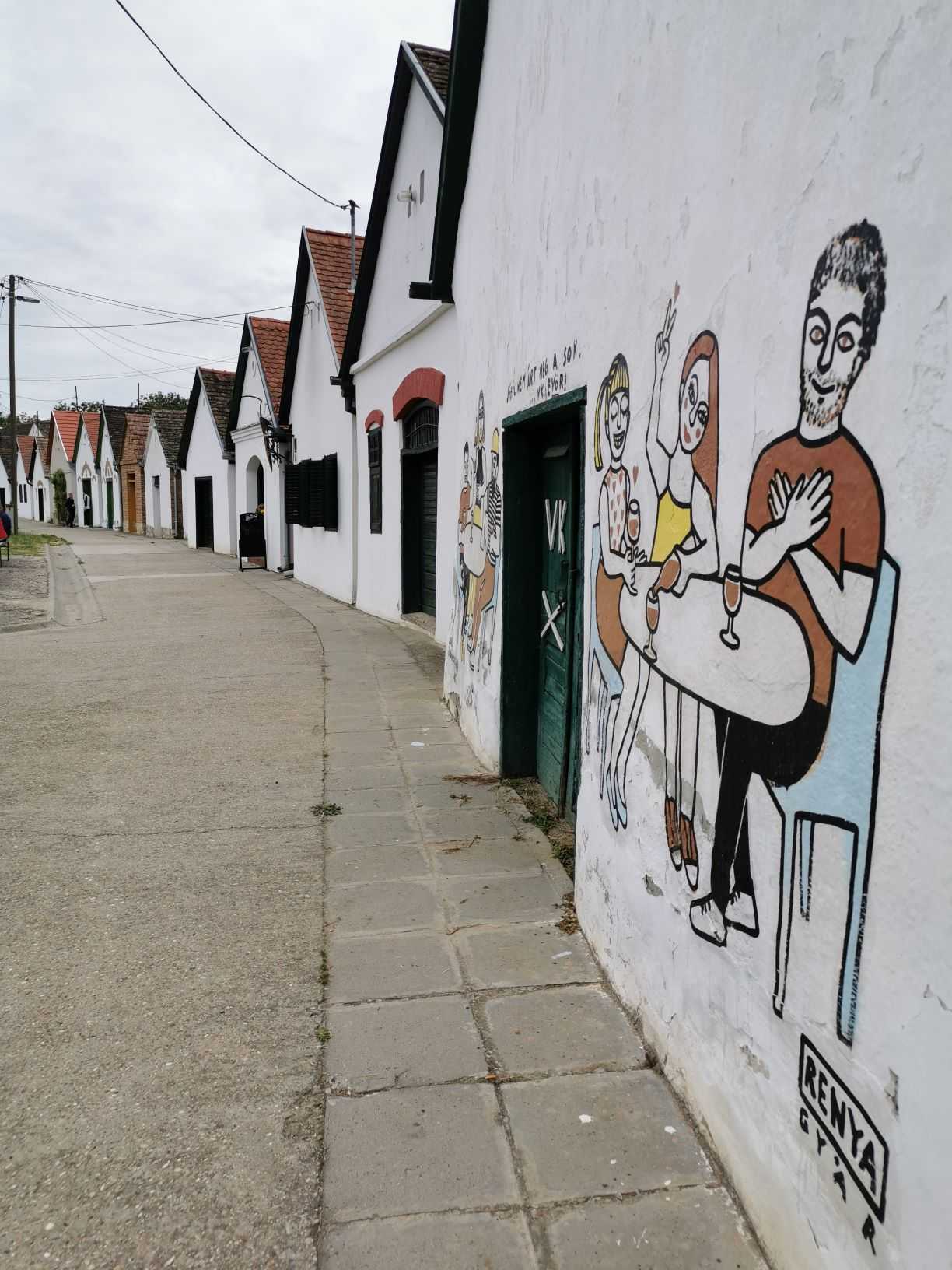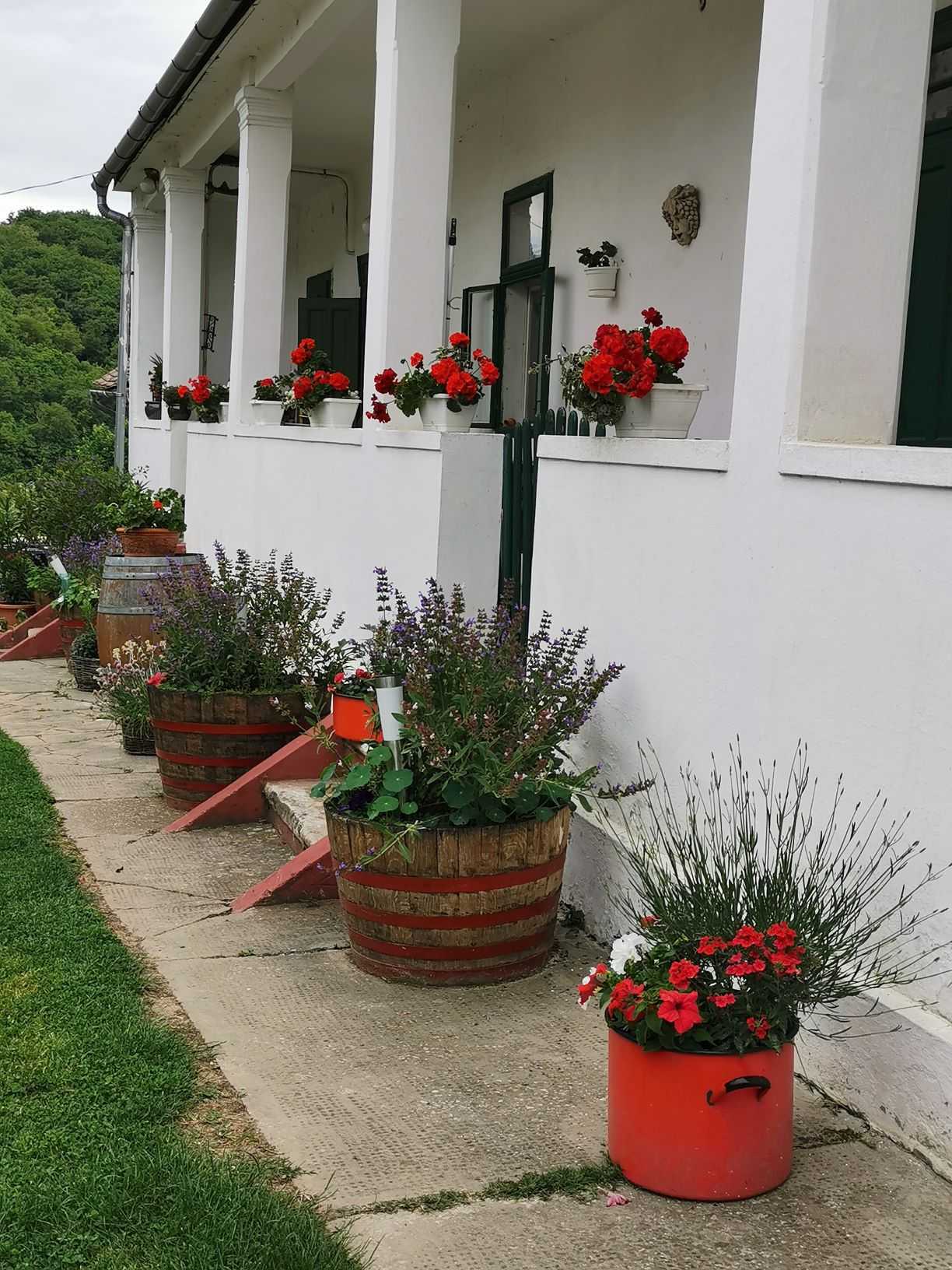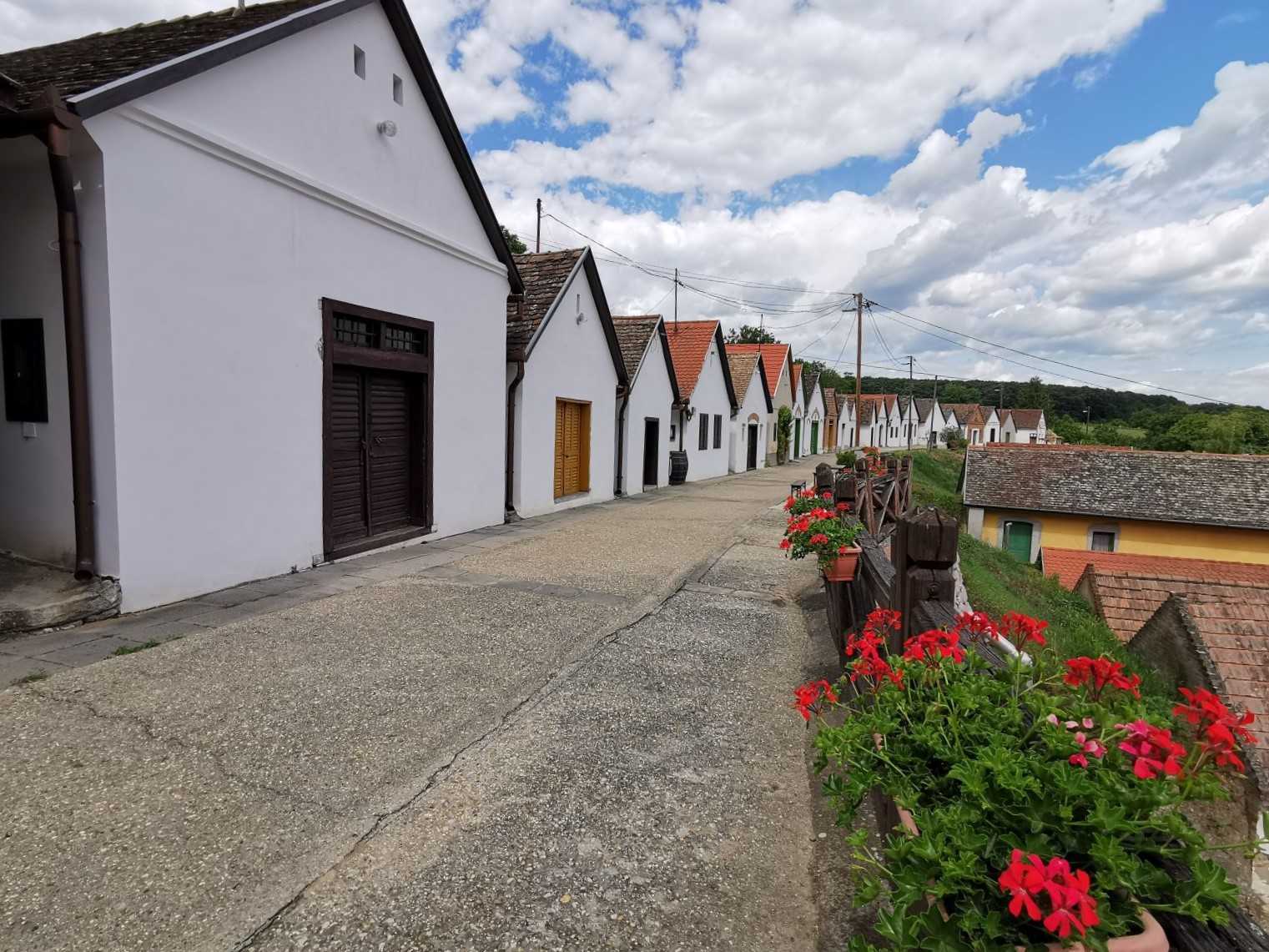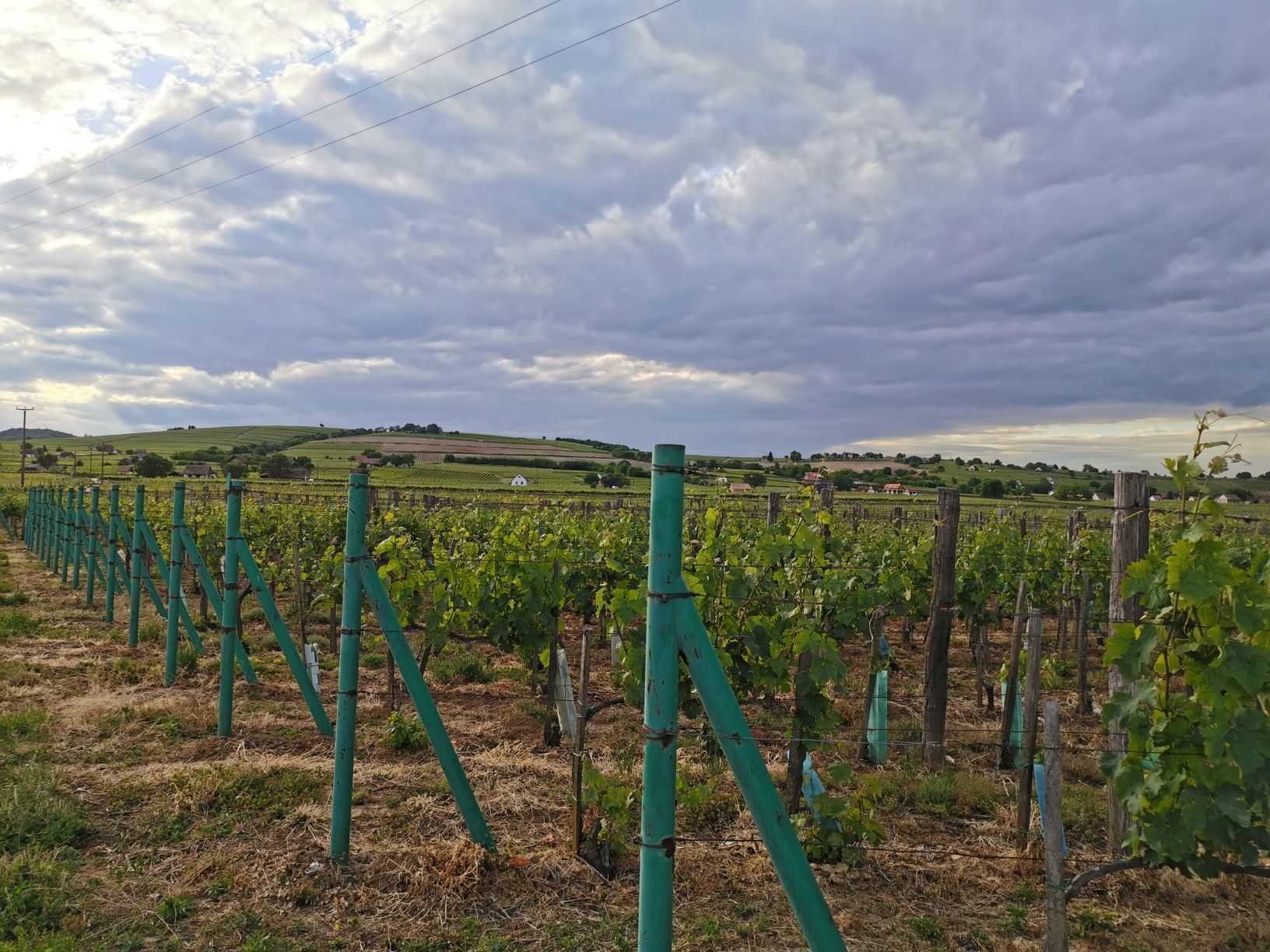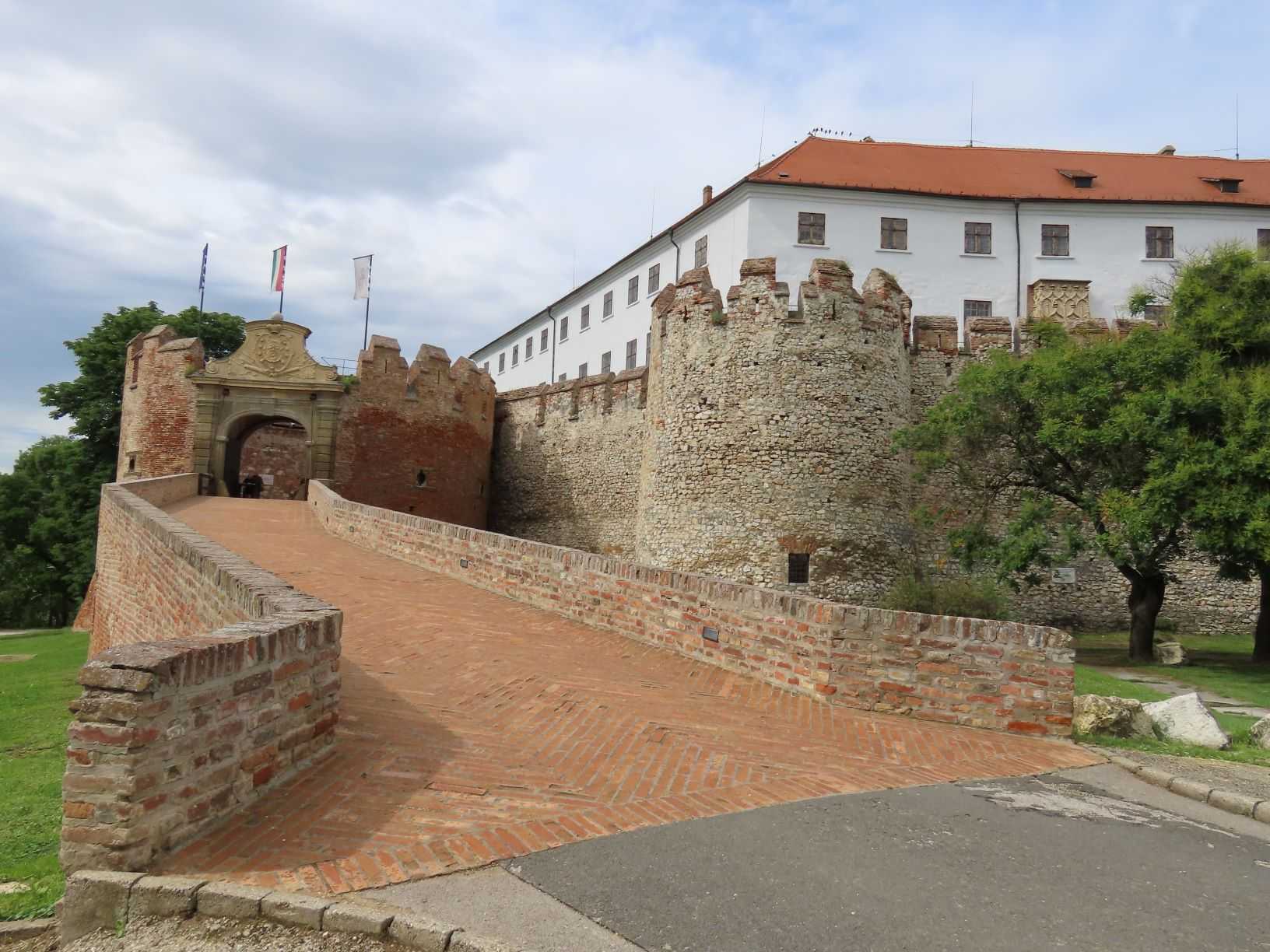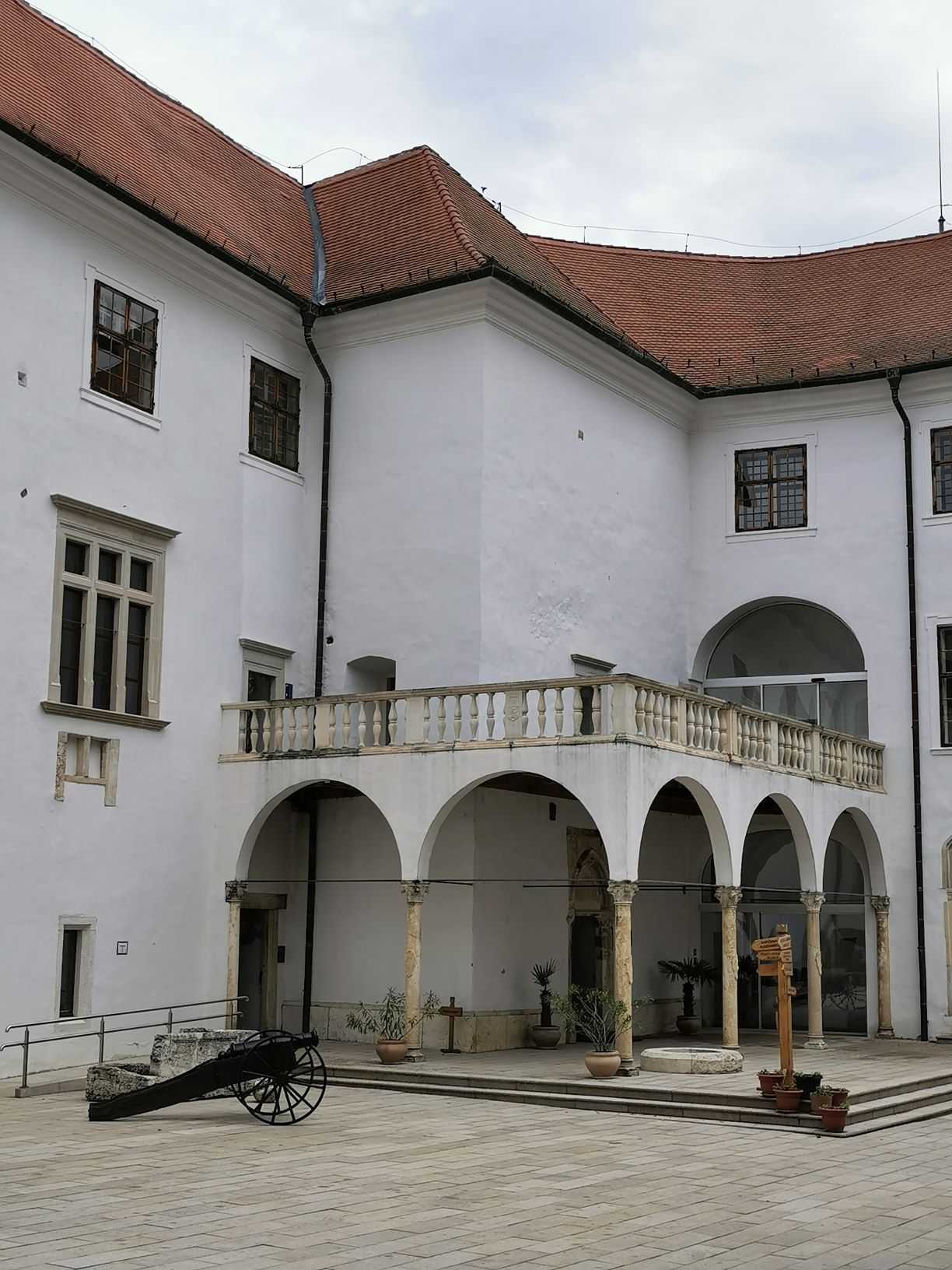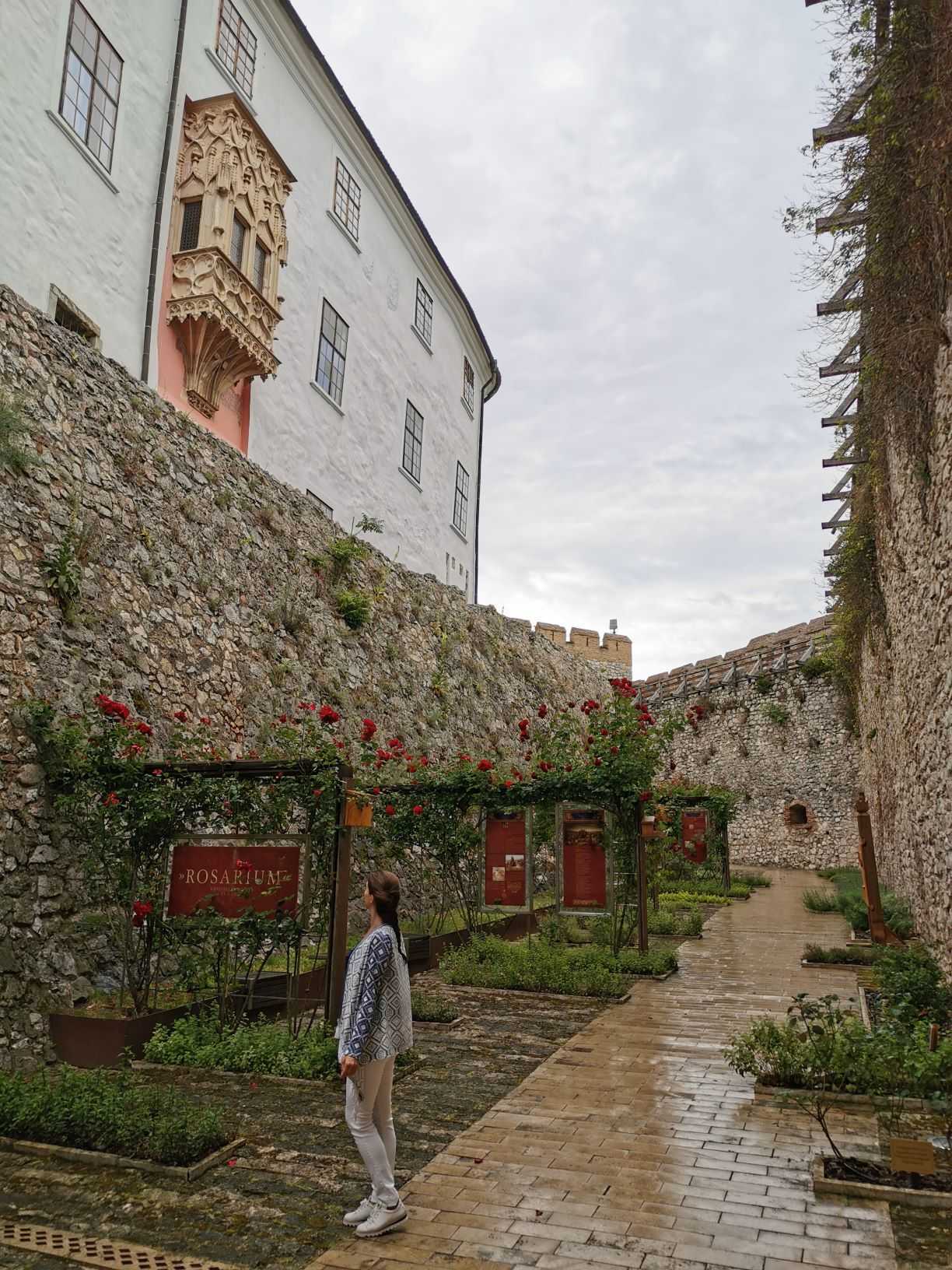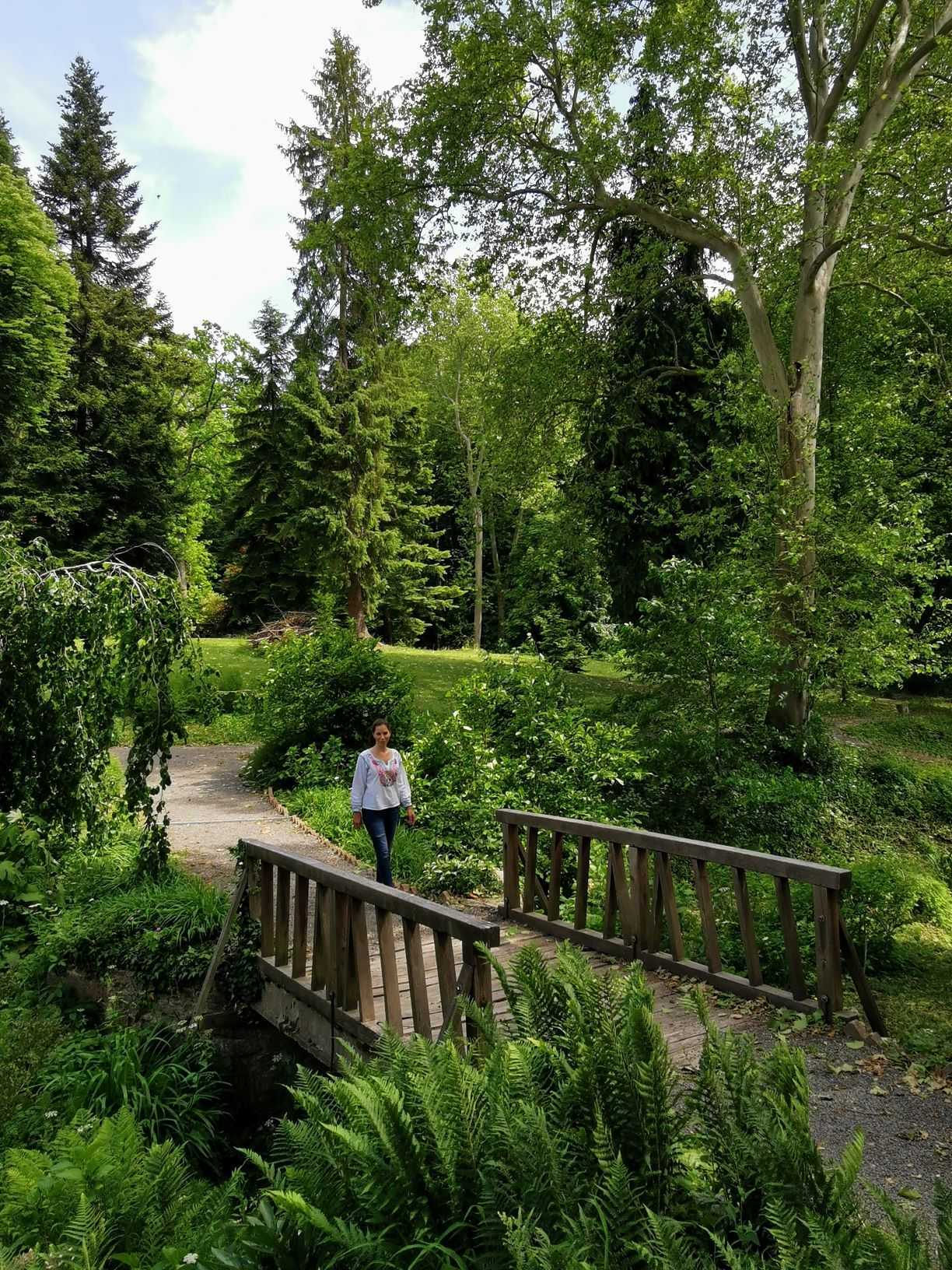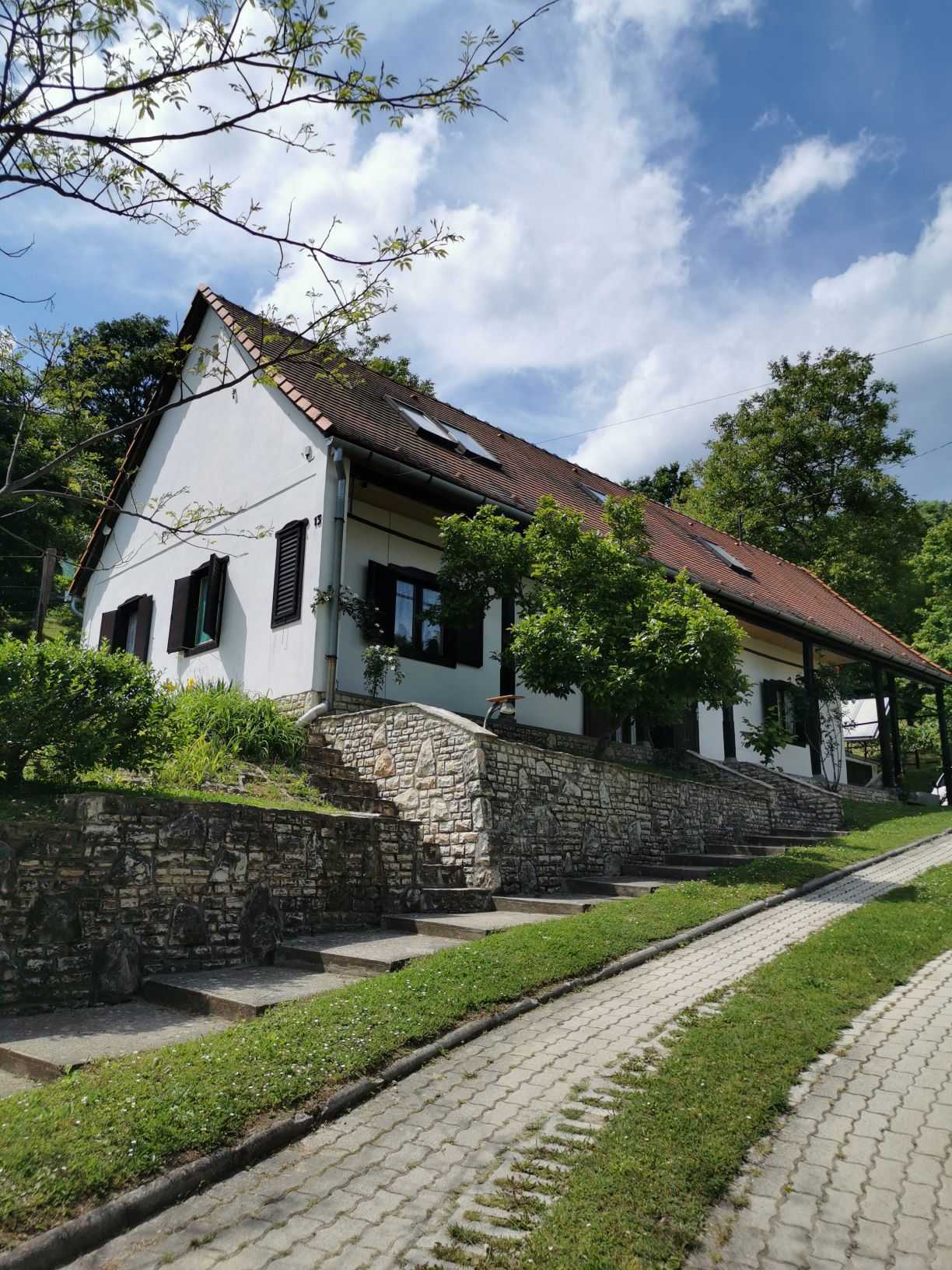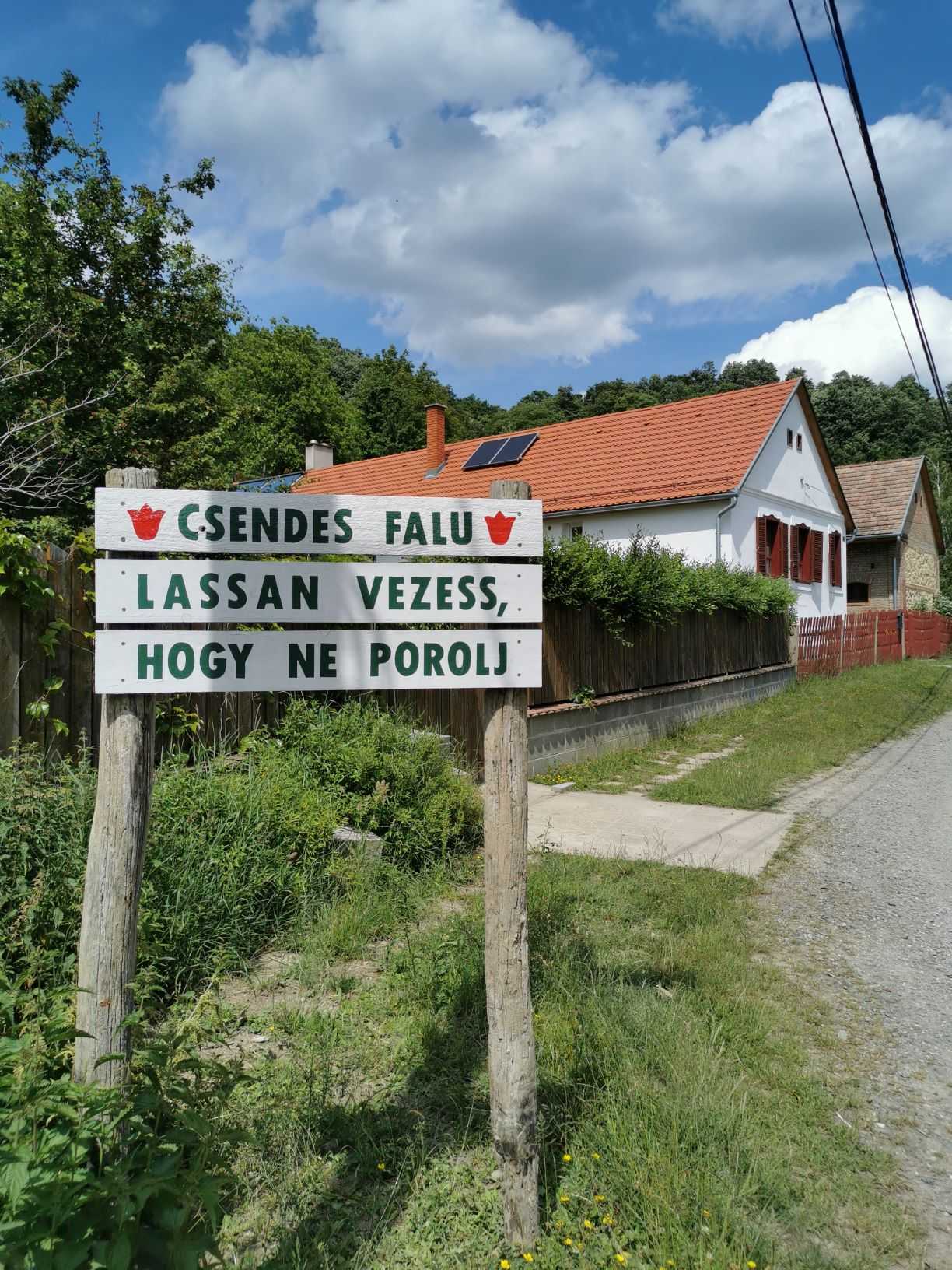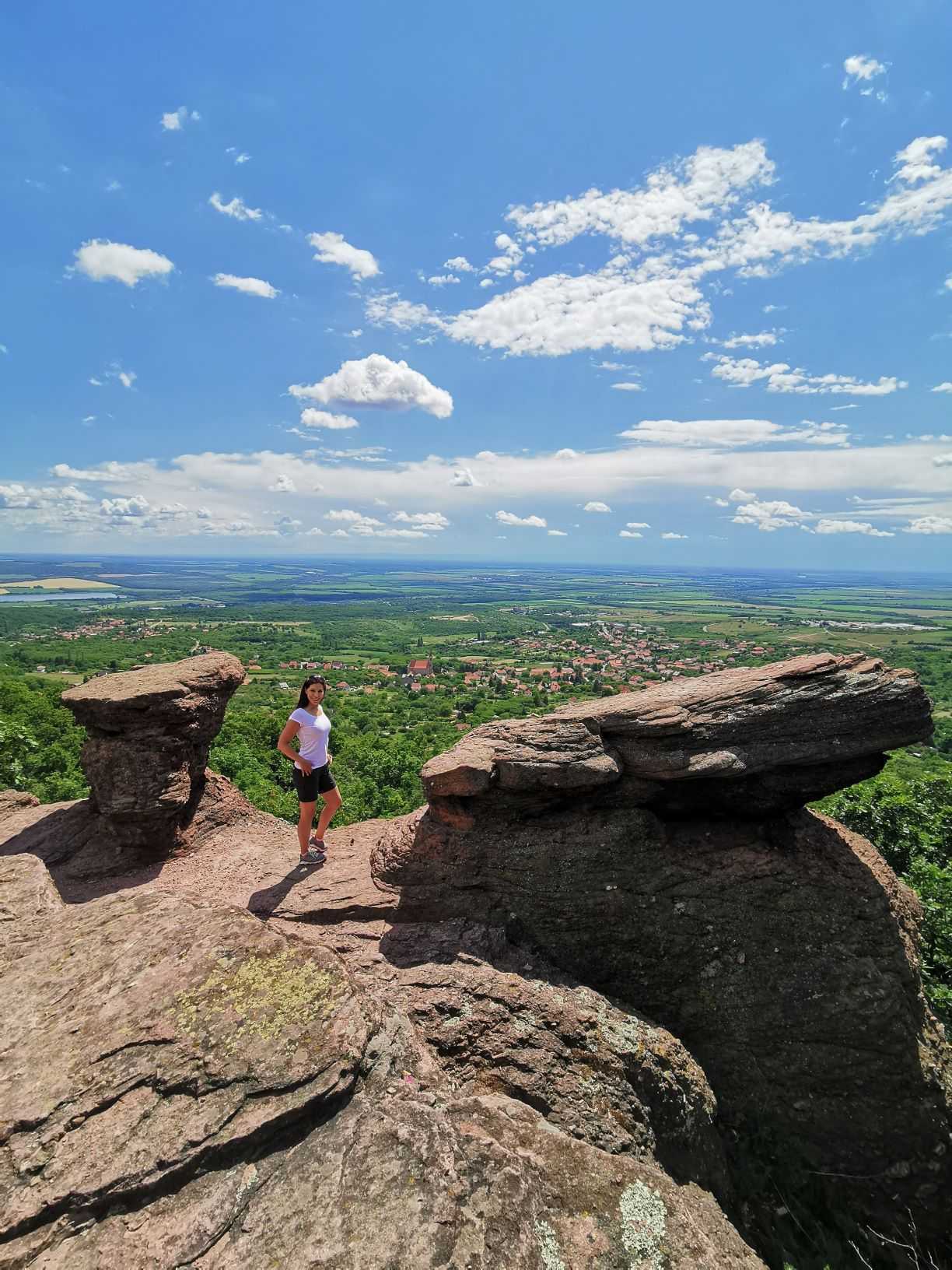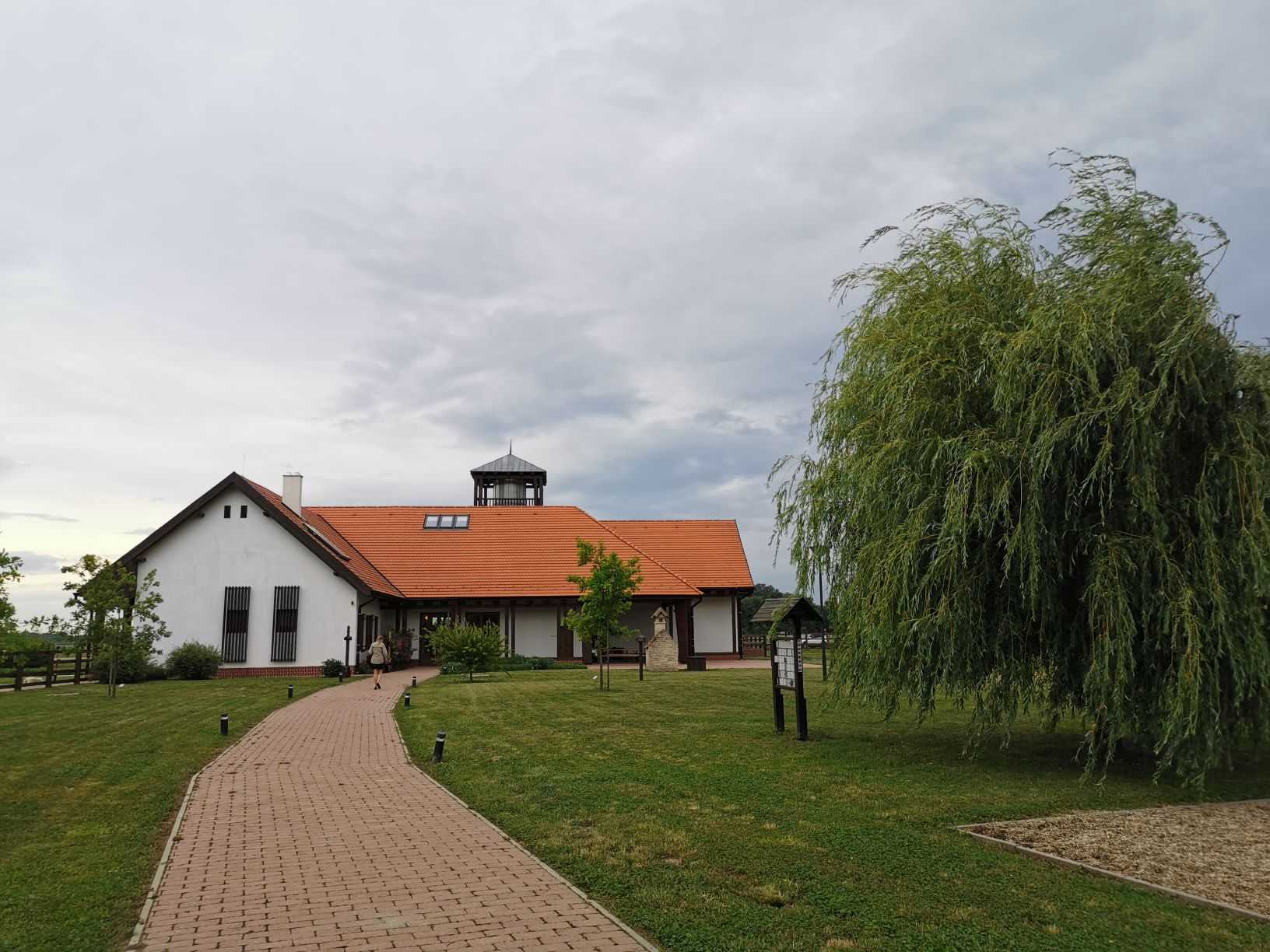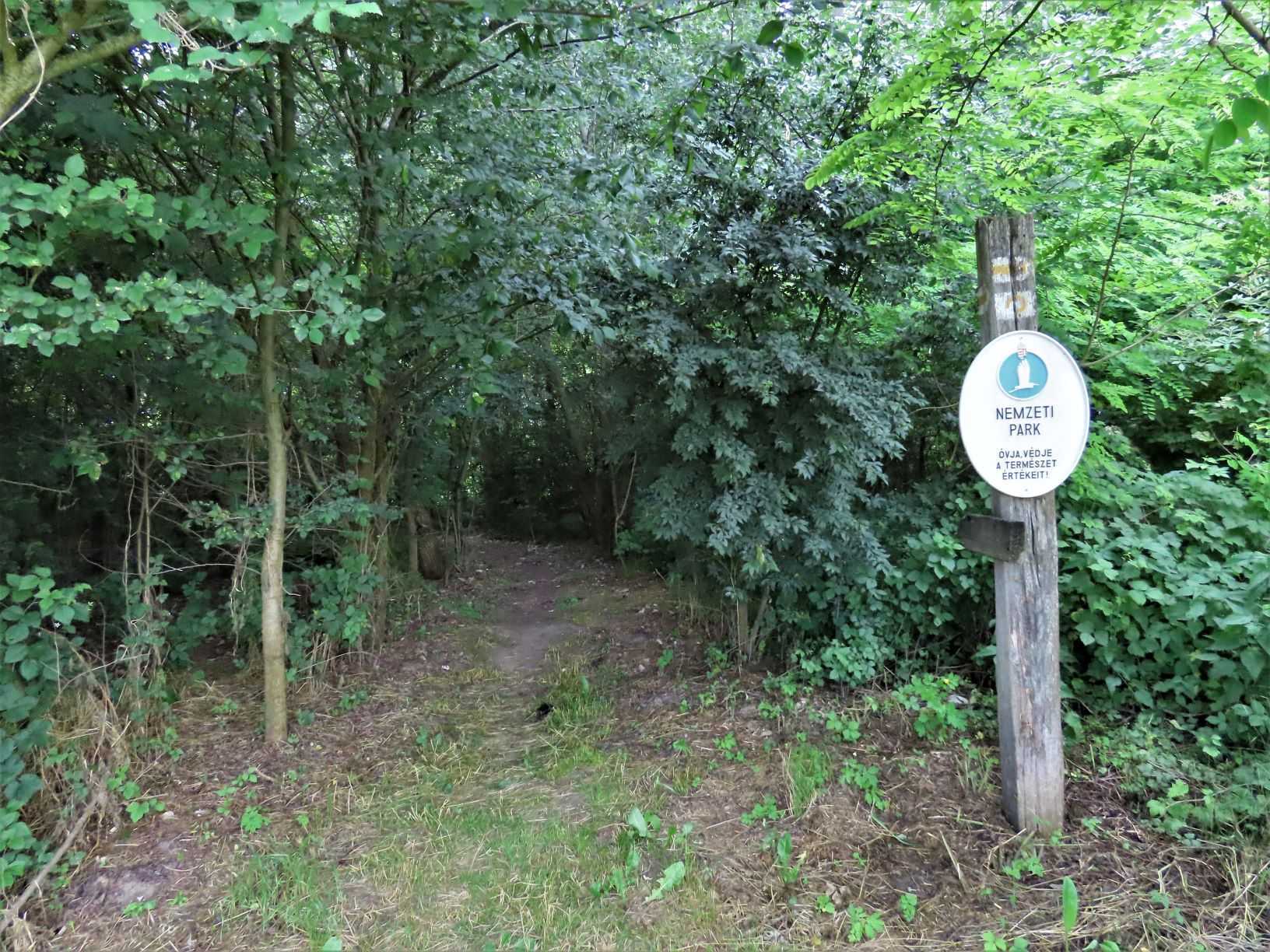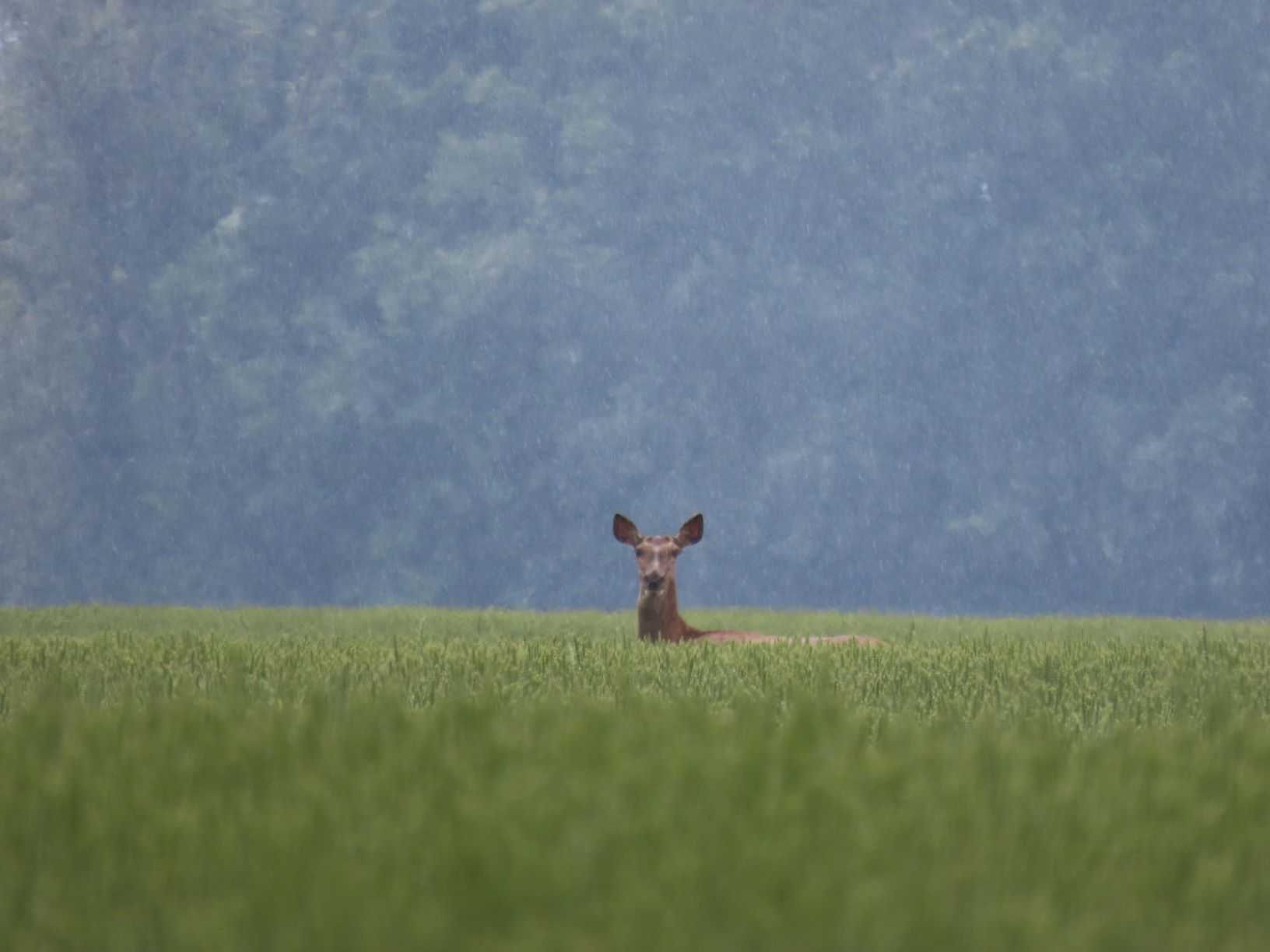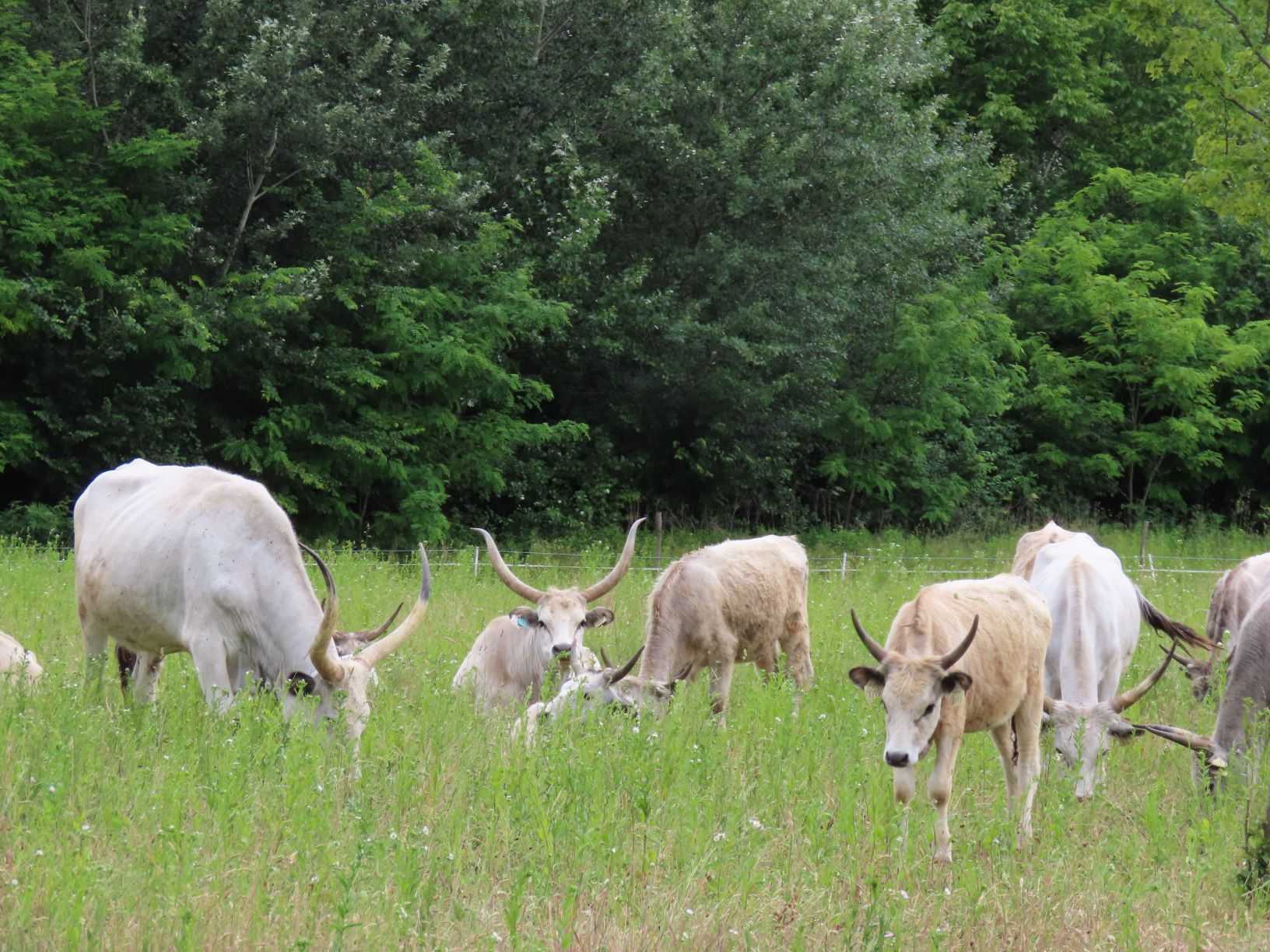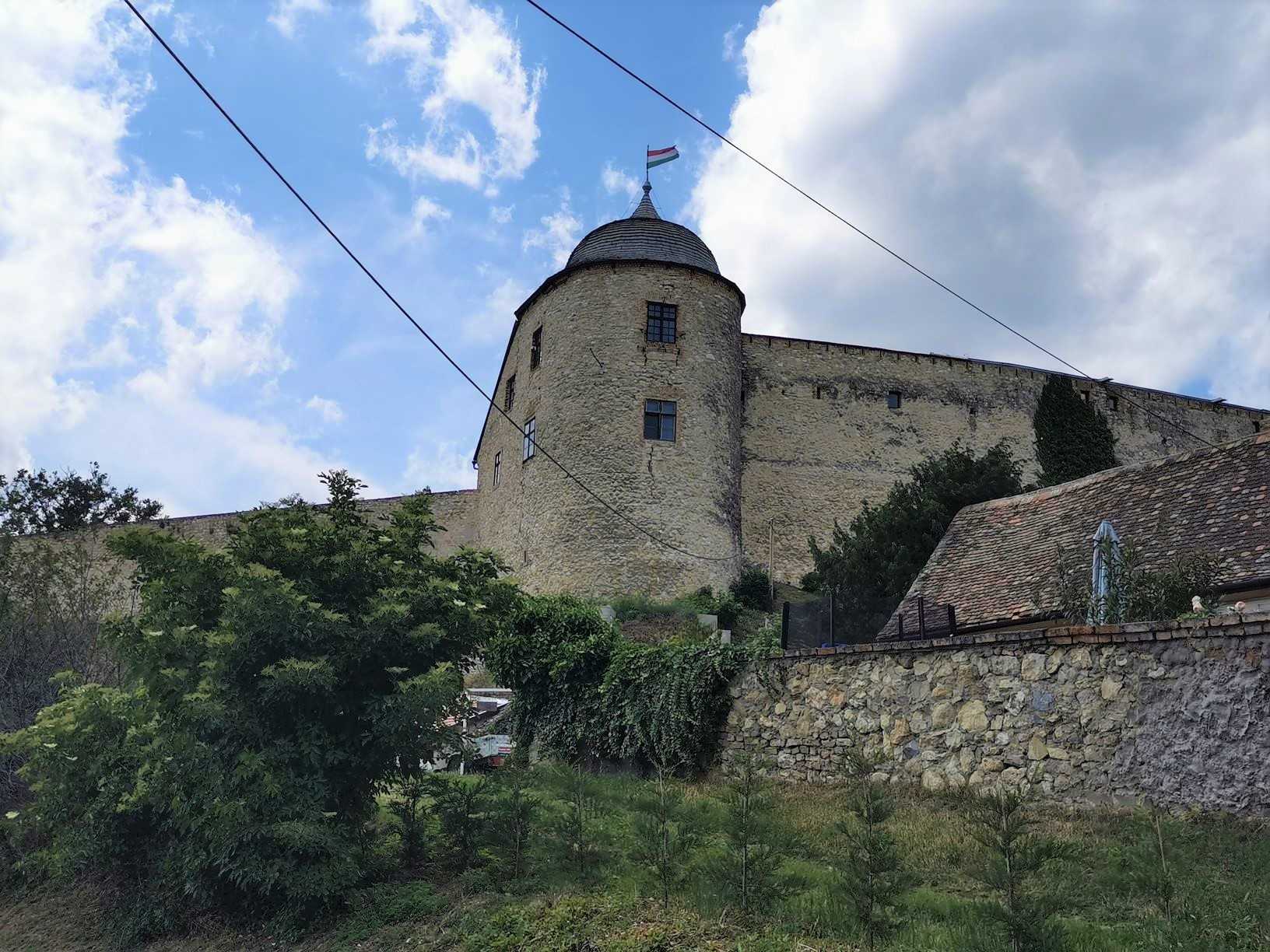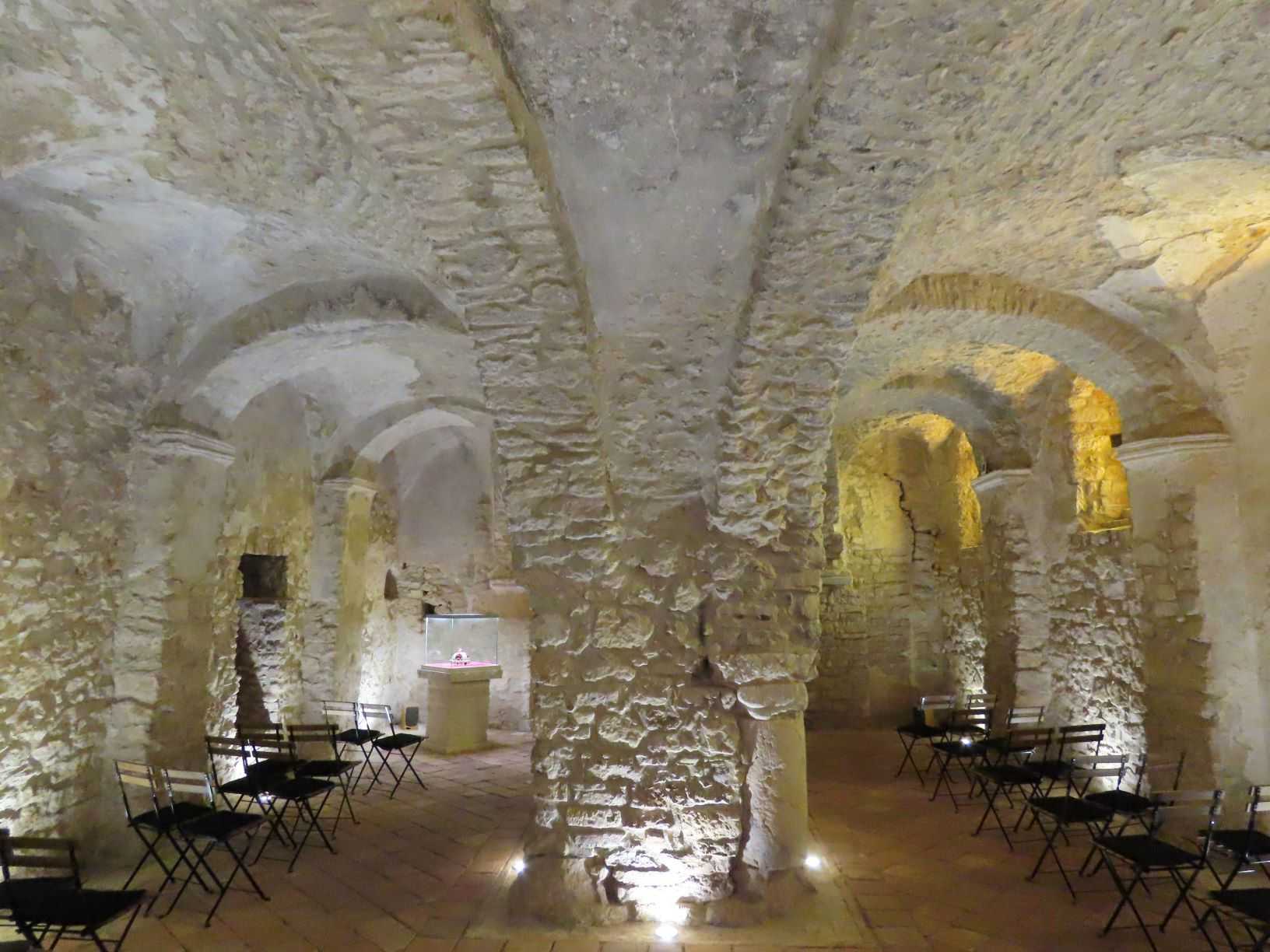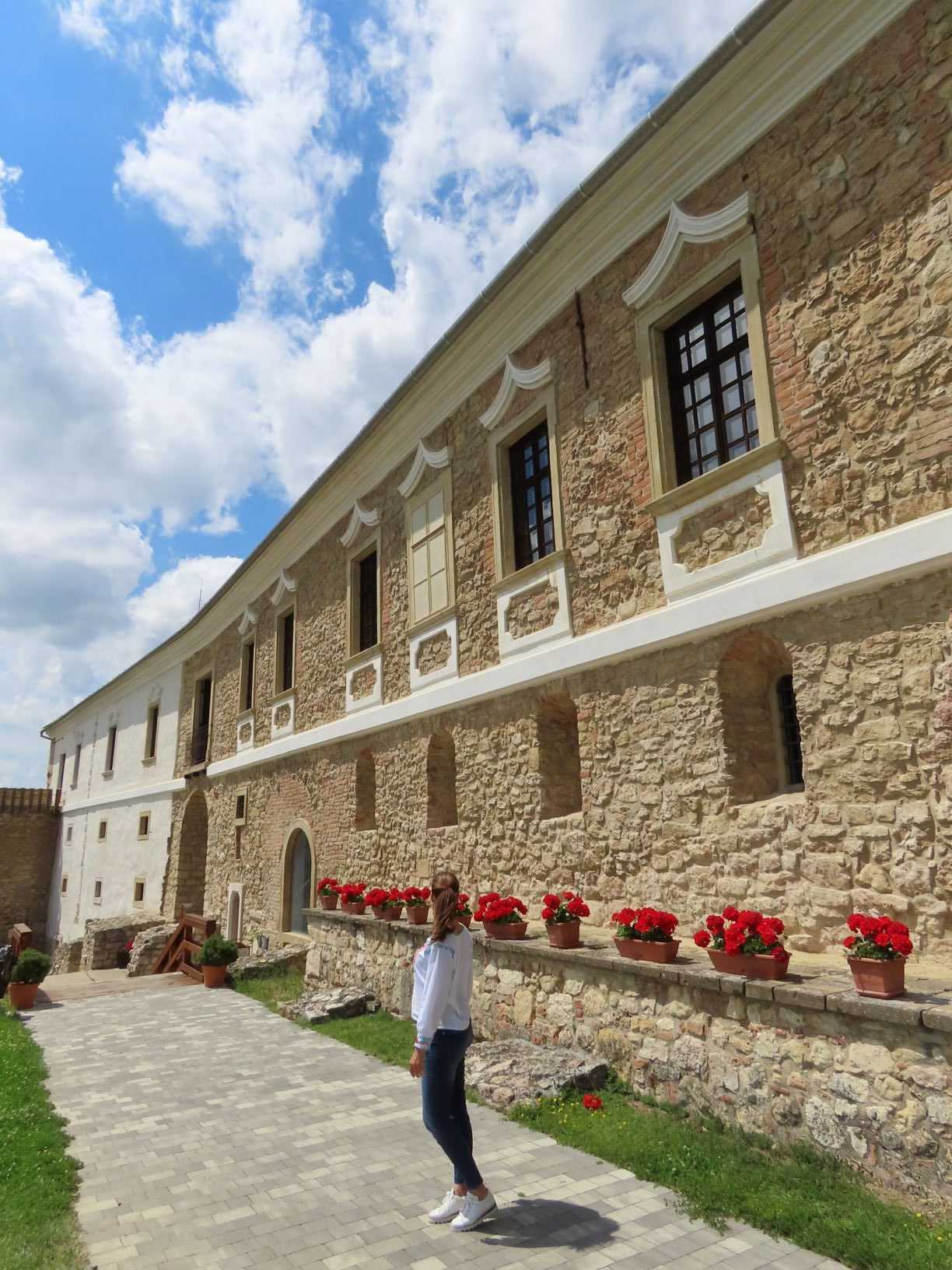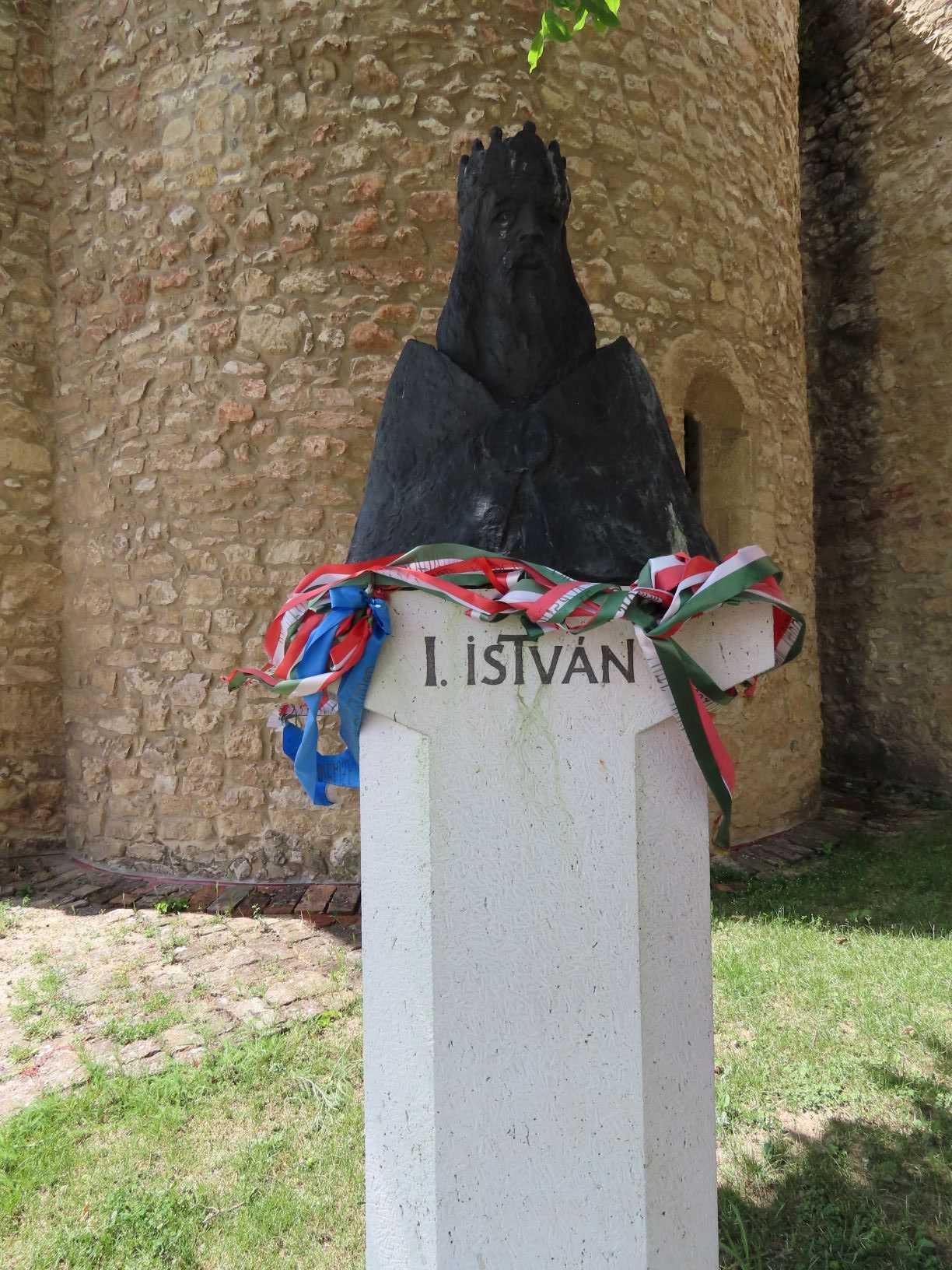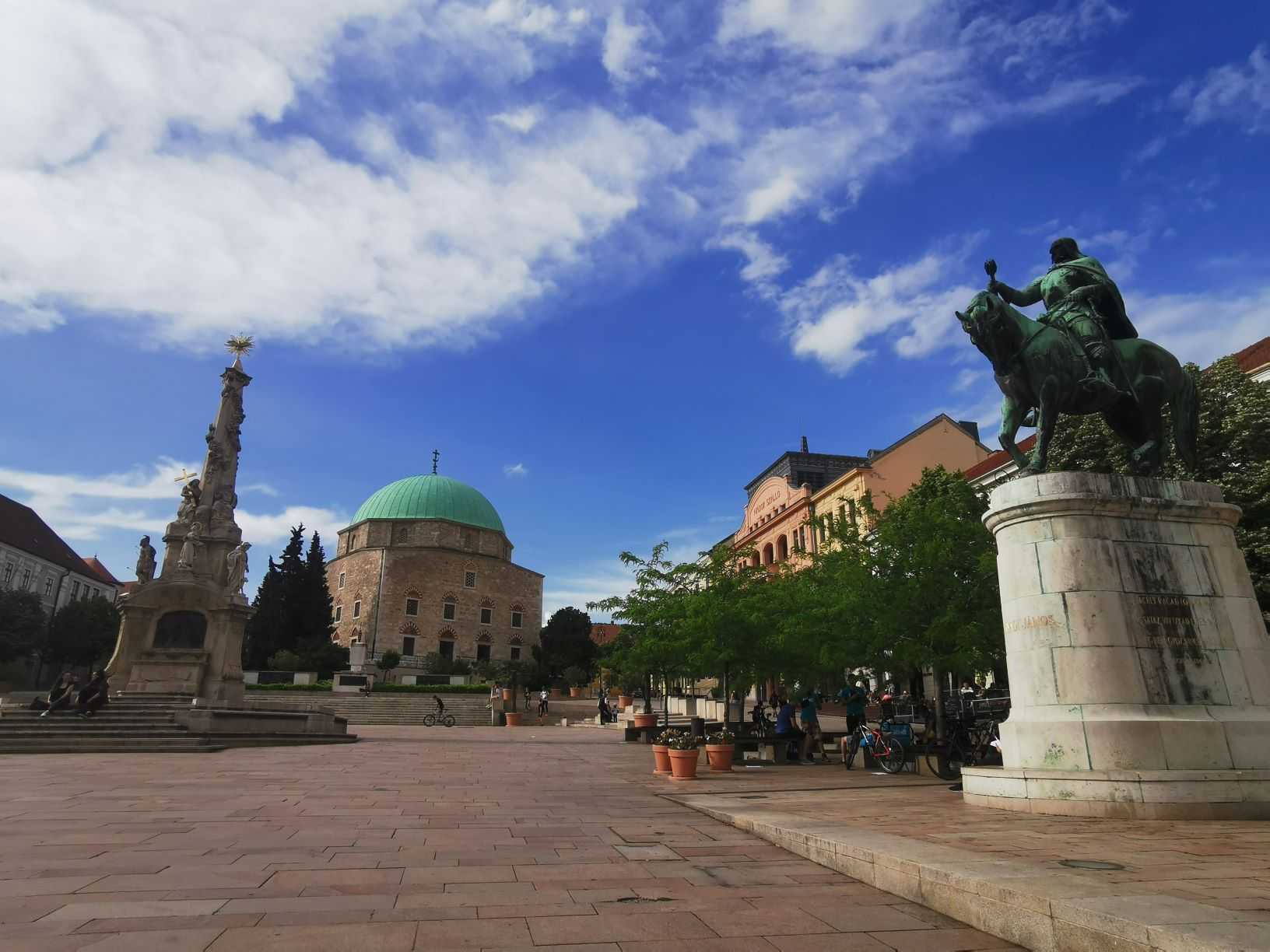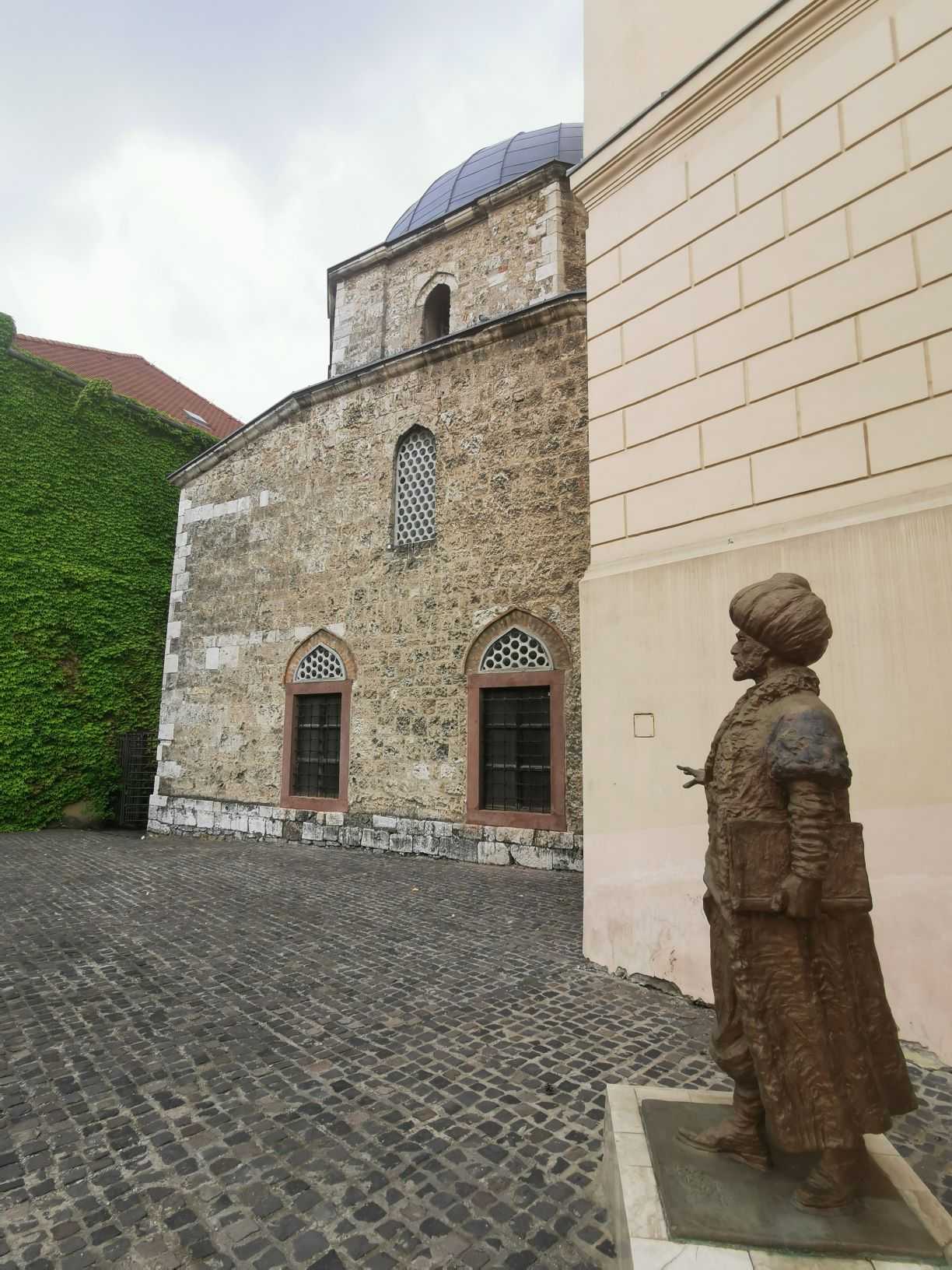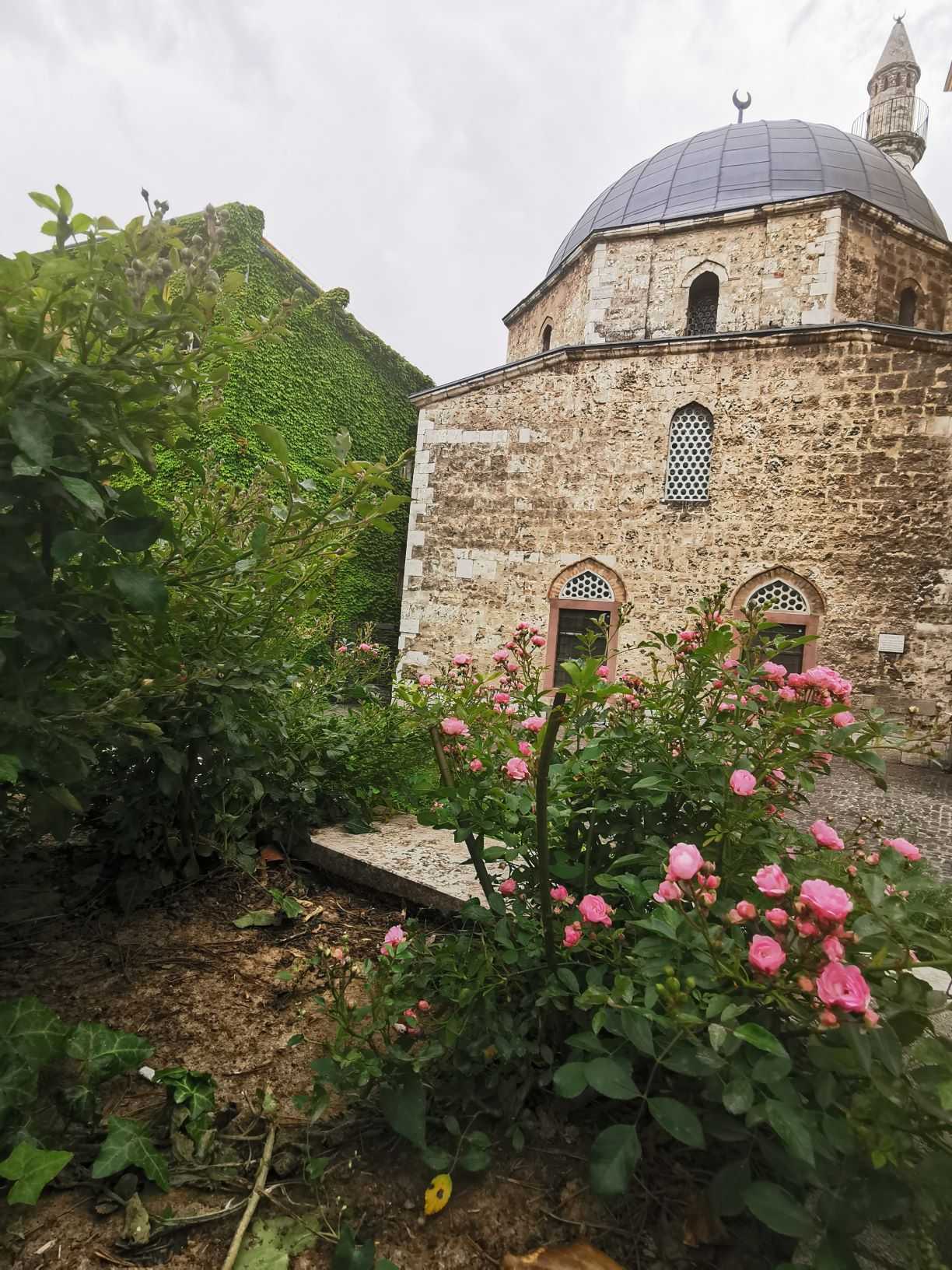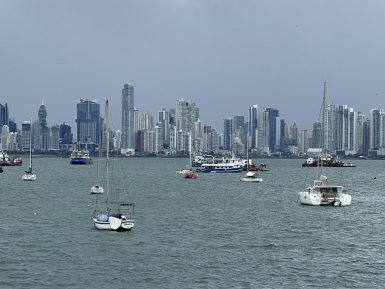The discovery of the southernmost region of the country could not have been made without the support of the coronavirus. Because if there is no coronavirus, instead of Baranya County, I am just exploring the unknown parts of Georgia and Armenia at the beginning of June. But as we all know, life is a great director who sent me back to my former university town to Pécs for the missed things. And I’m a good student, but I’ve grown up so I went on exploring the region on bikes, on foot, and on four wheels. My enthusiasm was not prevented by the fact that instead of the wild Caucasian mountains, I had now “only” reached Mecsek, because the discovery of the world and the joy of travel do not begin outside the country borders, in fact. There are so many wonderful places in Hungary that would provide enough attractions for several years. This time, I visited the vicinity of Villány and Pécs thoroughly, from where I brought 10 special places as teasers for domestic trips.
Ferde waterfall and Óbánya
In the east Mecsek lies the glassblower road, which connected the glass-blowing settlements in the 1700s. The big four villages, such as the Réka Valley, Pusztabánya, Kisújbánya and Óbánya, are worth exploring on foot, where in addition to the forest mysteries of glass blowing, you can also find charming and protected village idyll. In Óbánya, also referred to as the Hungarian Switzerland, it is an unmissable program to taste the locally caught trout in Zölderdő Restaurant, as well as to visit the odorarium, the fragrant house. If you want to see something even more special, head for Kisújbánya through the forest. Once in the valley of 28 watermills, there is the famous Csepegő rock and Ferde waterfall, on which you can even walk through carefully on foot.
Beremend: chapel of reconciliation
Also called Hungary’s most beautiful cross, the church ensemble stands alone at the top of the hill on the border of Beremend and constantly rests its eyes on the Croatian border, not coincidentally. From this point, the refugees of the South Slavic war watched how the mindless war destroys their homes and churches day after day. Based on this tragedy and due to the decision of the municipality the chapel of reconciliation was built on the hill as a bridge between different nationalities and religions. At the front door, the Orion constellation can be seen, while the injuries and barbed wires on the towers evoke the horrors of war. The snow-white church outside the Beremend is painful but at the same time eye-dazzling sight and worth visiting.
Zsolnay-district
The Zsolnay district, which has been declared as a Hungaricum, is one of the most beautiful and special attractions in Pécs. Located on 5 hectares and open for free, each element of the park is a masterpiece and cries out for a photo. The 88 public statues are truly eye-catching sights, together with the historical buildings, in which the heritage of the Zsolnay family can be seen who lived here in the mid-19th and 20th centuries. In addition to the Gugyi collection and the pink Zsolnay exhibition, visitors can also get acquainted with the history of porcelain production in the manufactory. The Zsolnay Mausoleum, which is a little further from the porcelain factory, is worth visiting, where Vilmos Zsolnay’s eosin sarcophagus stands.
Villány – Villánykövesd – Palkonya
If you want to taste fine wines, do not stop at Villány, but continue riding towards the surrounding villages. There are double-decker cellars and panoramic terraces in Villánykövesd, while in Palkonya you can sip the Szabó János cocktail in the Hárságy winery in a village environment that can only be drawn. One day, it’s not enough to test everything, because there’s so much fine wine here. But if you want award-winning specialties, let’s take a look at some of the top wines chosen in 2020:
- Villányi Franc: Bock winery – Villányi Franc 2015
- Cabernet Franc: Weninger- Gere winery 2017
- Cabernet Sauvignon: Günzer winery 2017
- Rozé: Stier winery 2019
- Portugieser: Günzer winery 2019
- Merlot: Maul Zsolt 2018
- Hárslevelű and special award: Polgár winery – Polgár Aranyhárs 2015
- Blue Frankish: Stier winery 2017
Siklós Castle
One of Hungary’s most integral and fully preserved castles welcomes the visitors with open doors all year round. Siklós Castle, which bears various architectural styles (Romanian, Gothic, Renaissance), once functioned as the seat of palatine (note: important ruler in the past), and was last owned by Count Móric Benyovszky. Today, the Castle of Siklós has many specials for both small kids and adults, such as the closed terrace, which is one of the emblematic features of the castle, the rose garden, the machicolation, the castle chapel and the Dorottya Kanizsai chapel, the existence of which no one knew existed for 500 years. In addition to Renaissance furniture and Turkish-era military materials, the castle’s captain’s panopticon can be found as a permanent exhibition. Caption Tenkes, the Hungarian film series was also largely filmed in this castle.
Püspökszentlászló Castle and Arboretum
The settlement was named after King St. Laszlo, who went on hunting many times in the Mount Zengő. Whether or not, thanks to his laws, there is certainly an unprecedented order in the picturesque bag village. Visitors are reminded upon arrival that this is a “Quiet village” and “Drive slowly so that you do not dust” with the car. For this reason, let’s put the car down on the border of the village and walk along the carefully groomed main street, where nice receptions and guest houses touch each other. The bishop’s castle is at the end of the village, at the sight of which loud words of wonder left my mouth. Built in 1797, the chapel and castle are now part of the Roman Catholic Diocese of Pécs, while the beautiful arboretum is part of the Danube-Dráva National Park and the East Mecsek Landscape Protection District. The arboretum is free for visiting during summer, but the castle can only be visited by a tour guide.
Zsongor-kő and Babás-szerkövek
I’ve already written a detailed blog post on these extraordinary natural attractions in Western Mecsek (you can read it here), but they also rank here in the top 10. The red sandstone dummies with the strange name are worth visiting not only because of their appearance but also because of the panorama from the top of Mount Jakab. Whether you’re going on a tour from Cserkút or Kővágószőlős from the Éger Valley, try to follow in the footsteps of the legends about the stones. Were the red sandstone columns really sacrifice altars of our pagan predecessors? Or rather, they represent members of two squatting families who didn’t want to let each other go in the place and turned to stone instead? Decide on your own imagination and eyes which can be true.
Old-Dráva Visitor Center
The visitor center near the village of Szaporca presents the life and traditions of the Dráva river settlements with the help of an interactive exhibition, a manor house and three different-themed trails. On the traditional farming trail, from the spice garden to basketwork, you can get an insight into the secrets of beekeeping, while also encountering free-pasture grey cattle, goats and old sheep breeds. The up-Drava nature trail is about 3.5 km long, while the Drava wildlife guides you 10 km along the open water surface and swamps, where you can enjoy bird and photo watching. Throughout the park there are several places for relaxation and picnics for nature lovers.
Pécsvárad Benedictine Abbey
The abbey, founded by lord Géza, has served as the religious and cultural center of the area since its establishment. St. István donated the abbey to the Benedictine in 998, immediately after the defeat of Koppány. Monks lived in this building until the arrival of the Turks in 1543. Today, the castle is in a renovated form, with a museum and monastery church. The Romanesque church windows, which date back to the late 10th century, and the fresco angel in the shrine, which was the first medieval Hungarian mural, are of particular interest to the place. The monastery courtyard is decorated with herb gardens, where romantic walks can be made between the Gothic hall church and the ruins of the monastery. The former castle building now features a hotel and restaurant, which welcomes tourists looking to relax at the foot of Mecsek all year round.
Mosques
The most significant work of Turkish-Islamic architecture in Hungary is the mosque of Gasi Kásim Pasha in the downtown of Pécs. Its special feature is that the stones of the original medieval Catholic church were used by the Turks to build a mosque from it around 1560. Turkish decorations and Koran inscriptions are still visible on the remaining plaster parts, but unfortunately, the pulpit and women’s carcass have been destroyed over time, as well as the mihrab (prayer booth).
Yakovali Hassan mosque can be found also in Pécs and it is one of the best-preserved Turkish architectural buildings in Hungary that survived history. Erected in the 16th century, the building, together with its associated minaret, is almost wedged in the hospital building. It’s hard to get a good picture of it, but it’s worth visiting the mosque anyway.
Last but not least, let’s go on a trip to Siklós for a mosque built by Bej Malkocs. The exact year of the construction is unknown, but it was made supposedly between 1543 and 1565. Although the original plaster and inscriptions were not left on the inside, the restoration of its exterior was so high-quality that it won the Europa Nostra Prize in 1993. Currently, the building plays an important role in the cultural life of the city and Muslim Bosnians regularly hold worship in it.


